Ukraine. Wanting to use the remaining allowed “out of country” days during the last weeks of my Fulbright term, I rang in 2019 in Kyiv, visiting on January 1st the incredibly moving Maidan Nezalezhnosti (Independence Square), wandering the city’s churches, snagging a taxi to a folk park, and taking a painting lesson in the decorative Petrykivka style — before hopping a train to the lovely city of Lviv for another handful of days. What I saw of Ukraine during those days of solo travel made me want more time there; it’s a scrappy, corrupt, charming, complicated place. We recognized in each other some mutual traits.
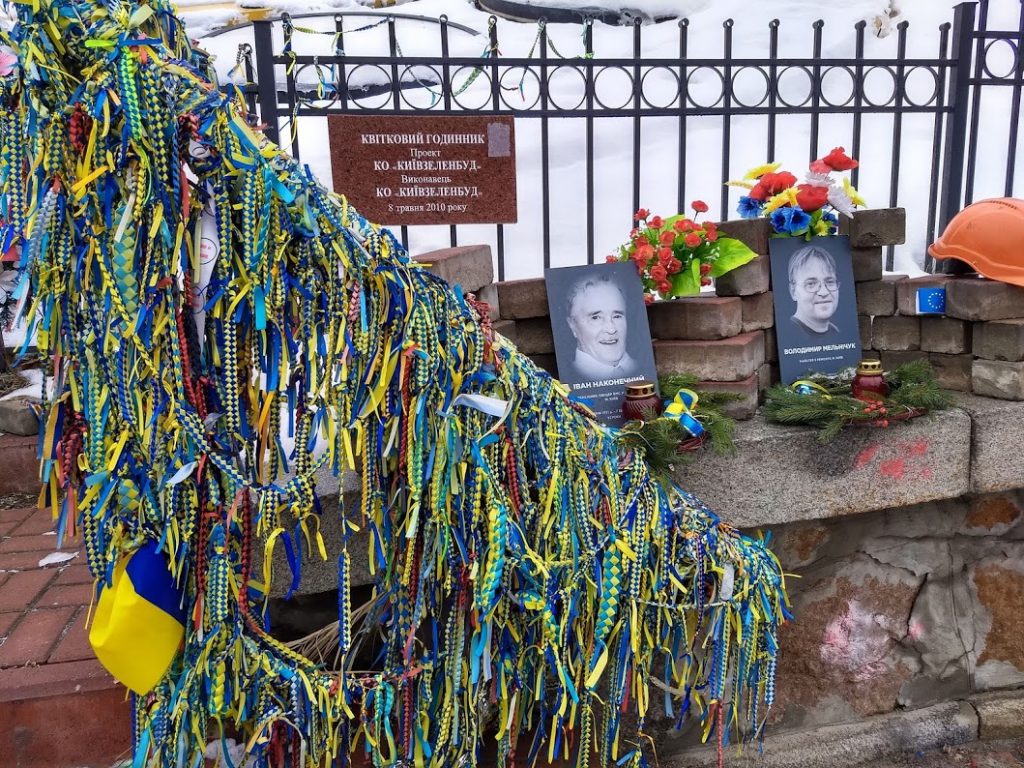
Honoring those who died during the Maidan revolution 
The women, they cleaned 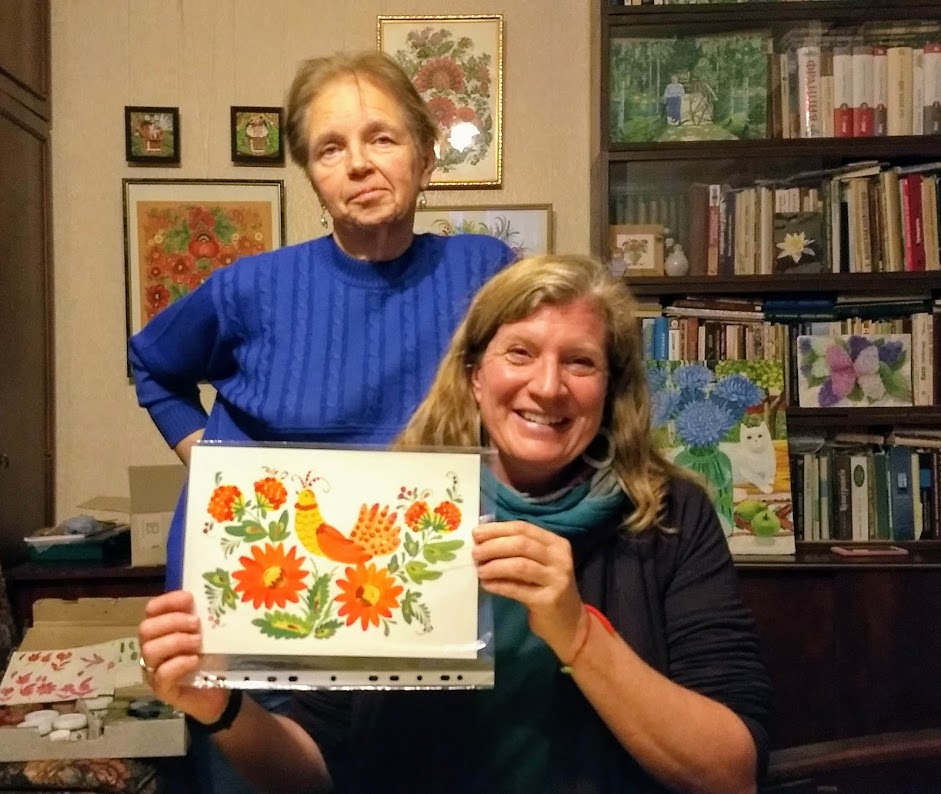
This teacher. So Soviet. hahahahahaha 
Old + new 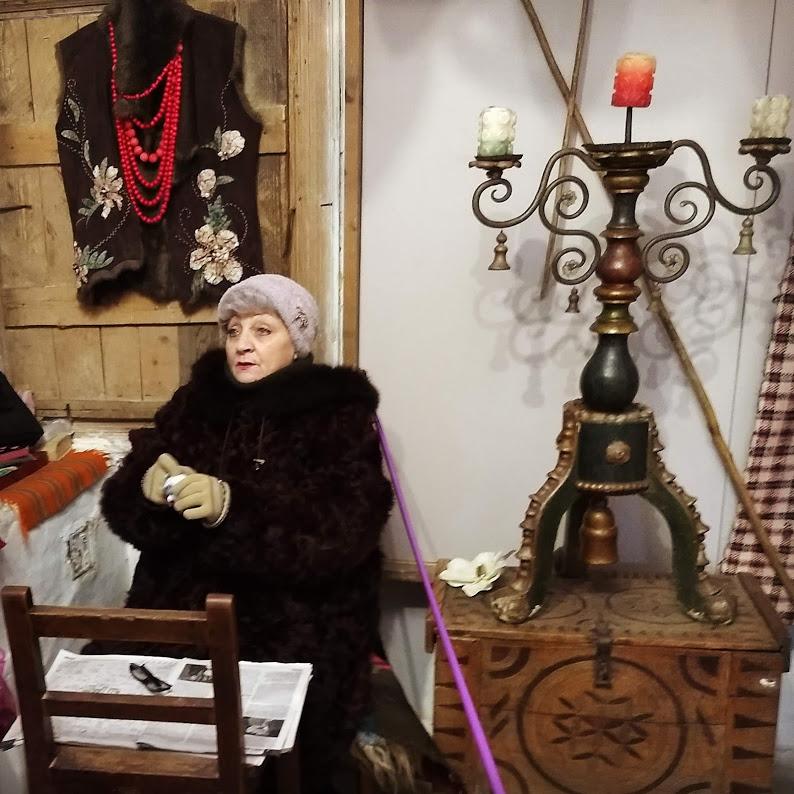
#goals 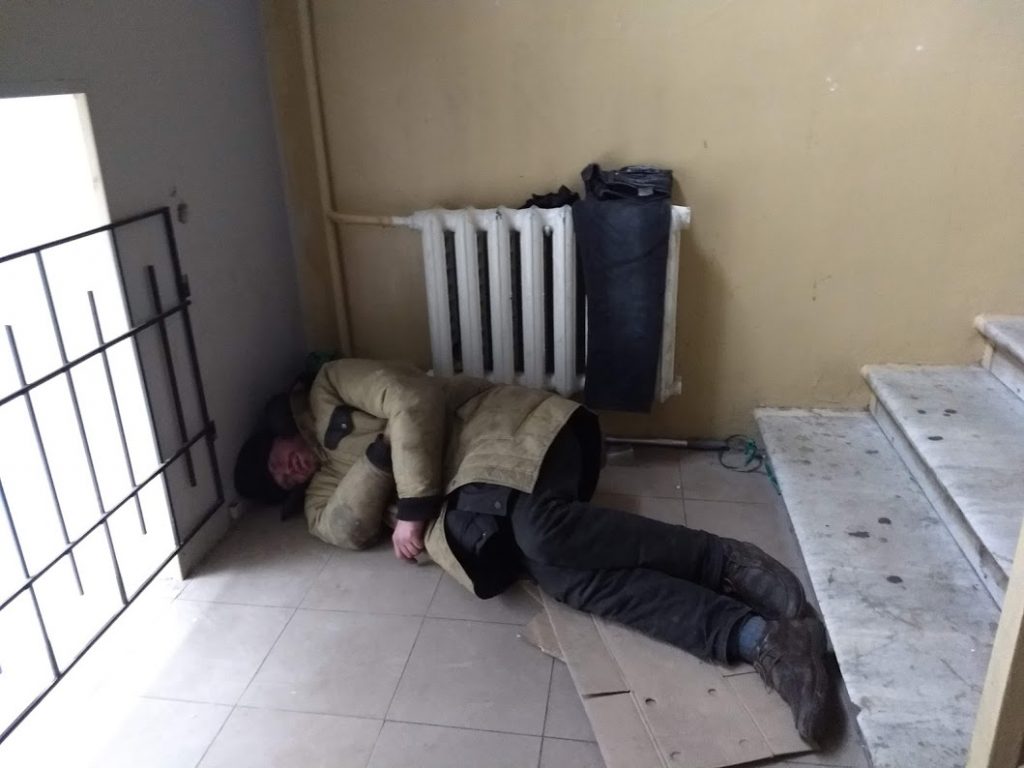
I had to step over this man to get to my hotel room
Belarusian women. As the clock ticked down on my time in Belarus, I was reminded again and again how welcoming and kind the people of Polotsk are. From the day arrived to the day I left, the women (English teachers, university staff, students far and wide, exercise buddies) embraced me — “You can call any time!” “Let me know how I can help you!” “We are so lucky to have you here!” — in a way I haven’t always experienced in the States. The five months in Belarus provided a fundamental internal reset that I’m trying to carry forward.
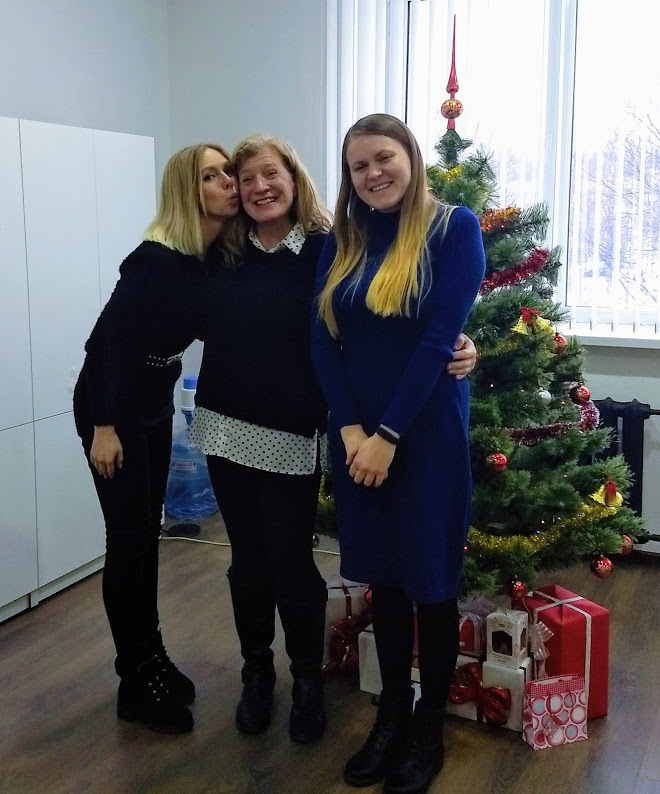
I cannot count the hours Olga and Iryna dedicated to me and mine 
The Olgas! I love these women, forever 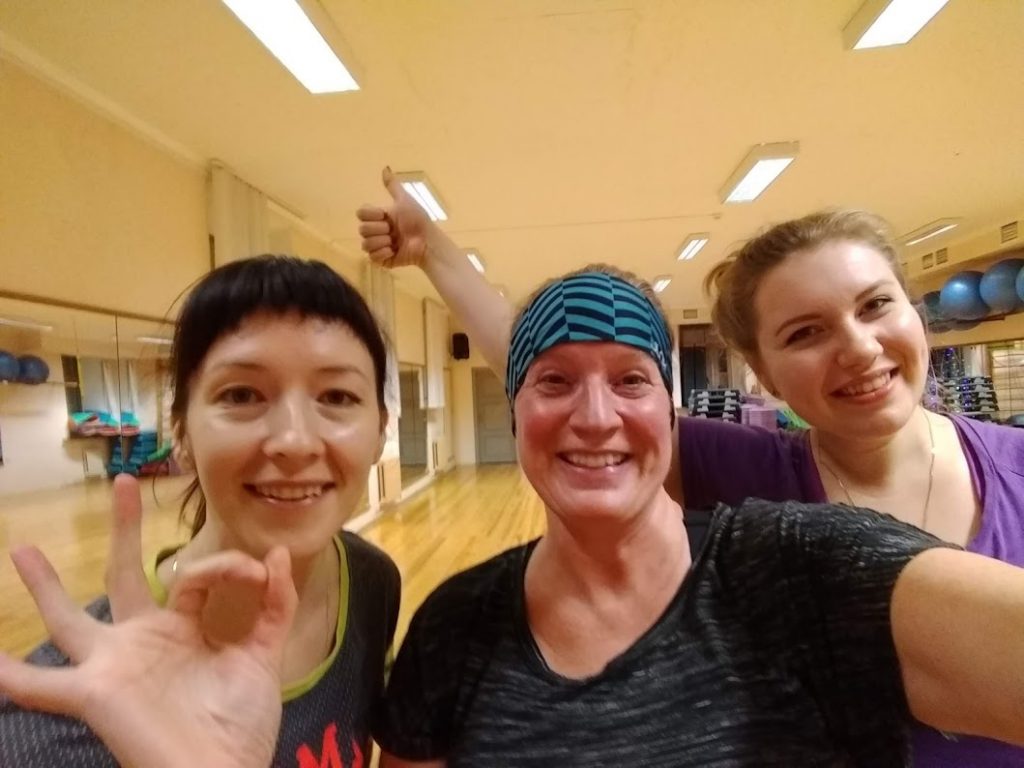
Vita and Helen were essential to my happiness 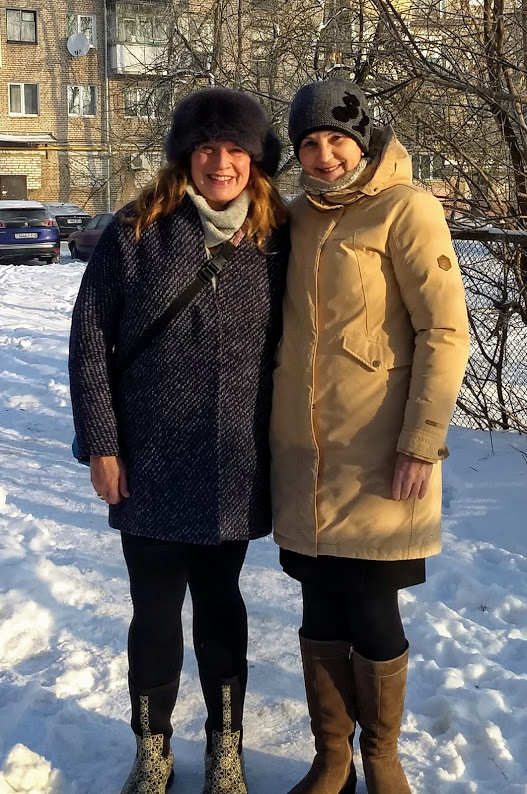
Lena is a respected teacher, but she’s an even better friend 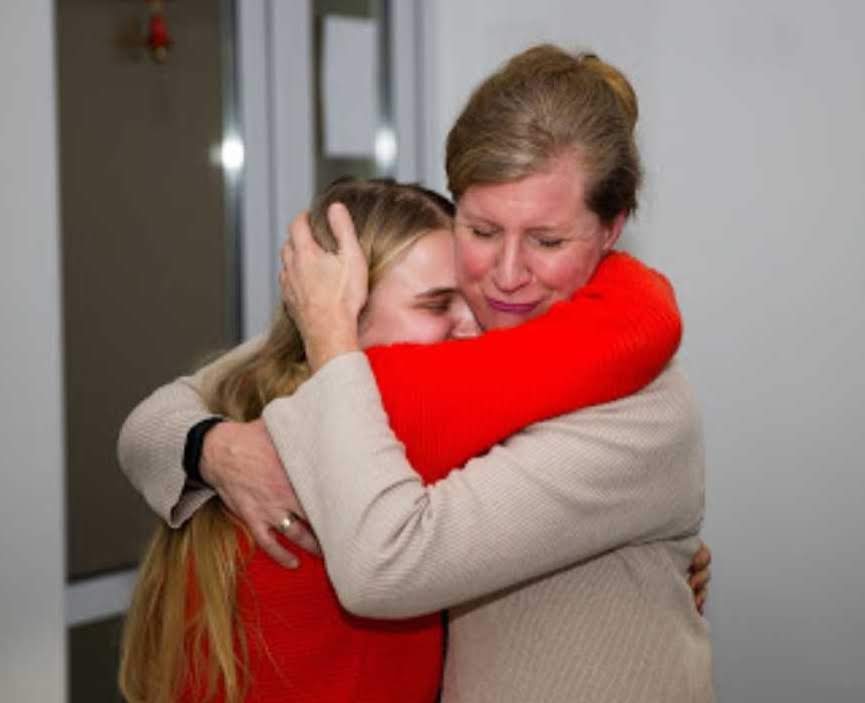
Gah. Lilya. MY GIRL 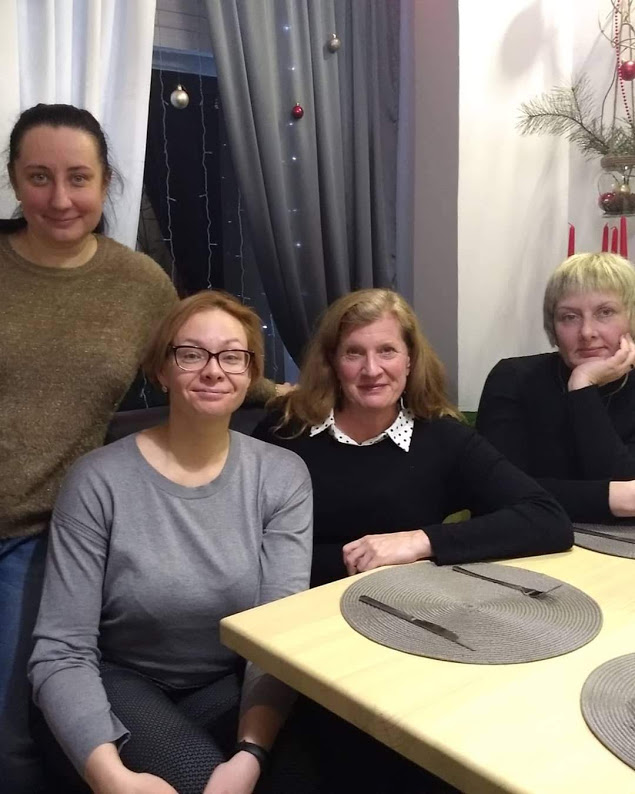
A new restaurant with three dear English teachers 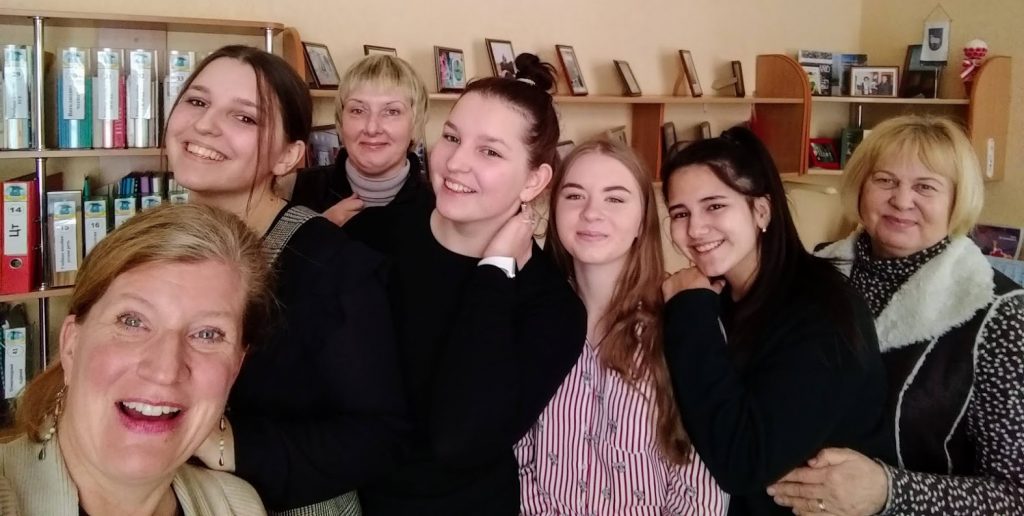
Oh, these students and teachers at the gymnasium! Those kids were attentive recipients of a spontaneous lecture about Bojack Horseman, one later reporting in her perfect English, “I watched all the episodes. I love it.”
Belarusian street fashion. Picture whiny blondes in plaid pajama pants pushing carts at Walmart, and feel the shame. Belarusians understand the impression imparted by and self-esteem that comes from making an effort with appearance. (HI DO I SOUND LIKE A BOOMER I THINK I MIGHT SOUND LIKE A BOOMER) All I know is my neck got sore from the head swiveling as I ogled coats and boots.
The wooden houses in Polotsk. Yes, I know you’ve seen them. I know you’re over my Belarus time already. But, jeezus Colton, could you relax for a half-sec, raise your head from your joy stick, and let your soul smile at the picturesque?
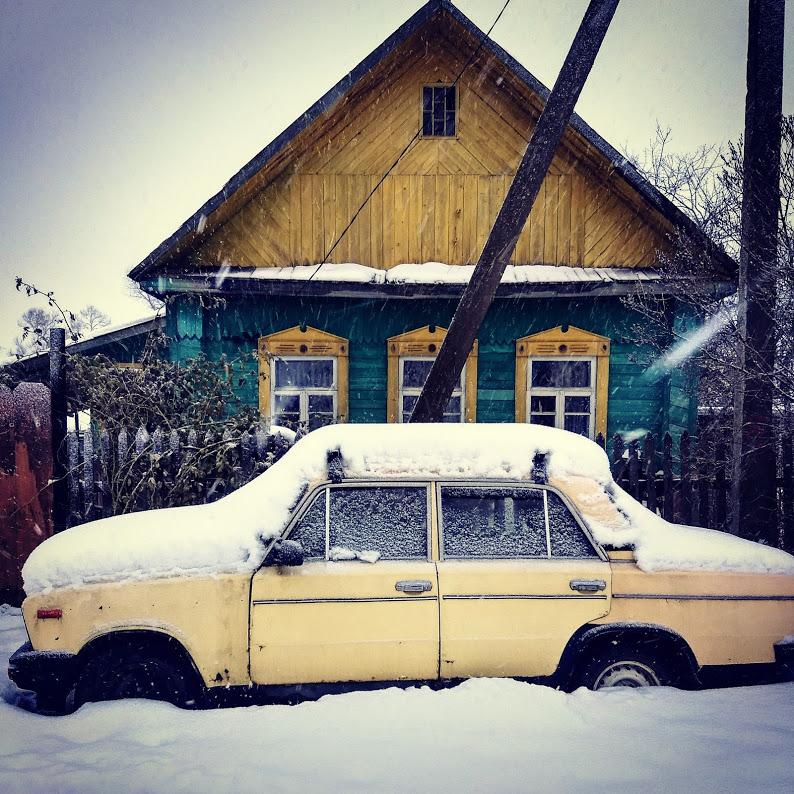
Everyone who’s been to Eastern Europe now wants to ask knowledgeably, “Is that a Lada?”
The dramatic farewell enacted by the mural on my Polotsk apartment ceiling. The mural was sad, see. ‘CAUSE SAD ANGEL.
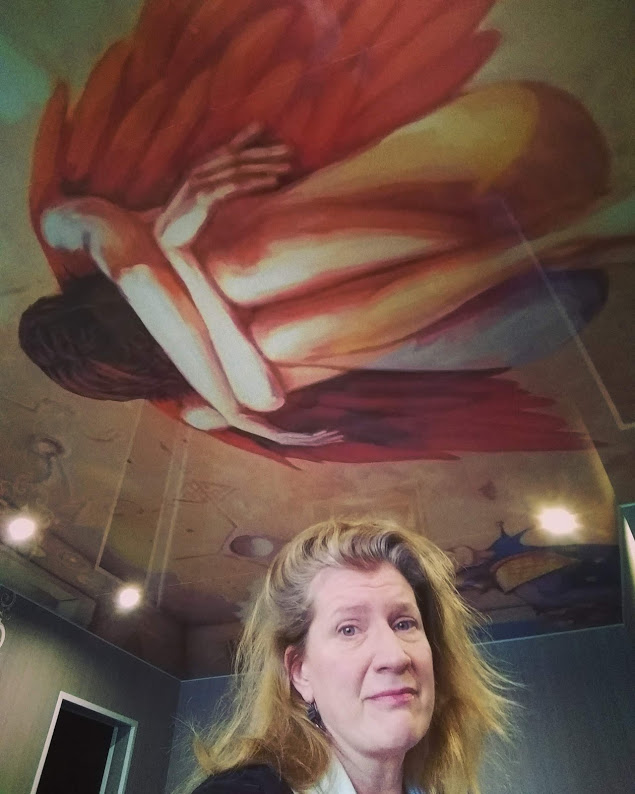
A singular relationship
Leaving something behind. The lending library so many of my U.S. friends and family helped to start in the Language Center at Polotsk State University moves heart to throat every time I think of English language learners having a heap of books to choose from.
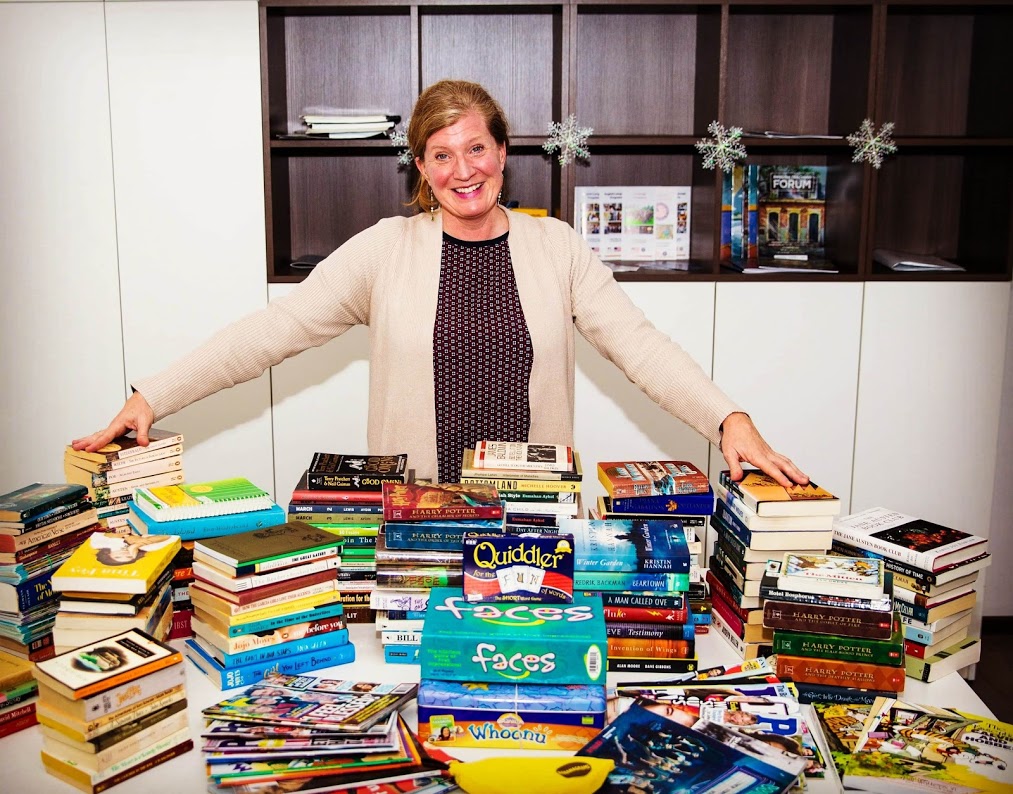
More books have been sent since. And more books can still be sent. *cough cough*
Coming home. Belarus was intense. I was broken up about leaving the lovely people yet so glad to be home. For about five weeks, I dipped my head over jigsaw puzzles and stayed in the house, exhausted from So Much, but then, slowly: I rejoined the world.
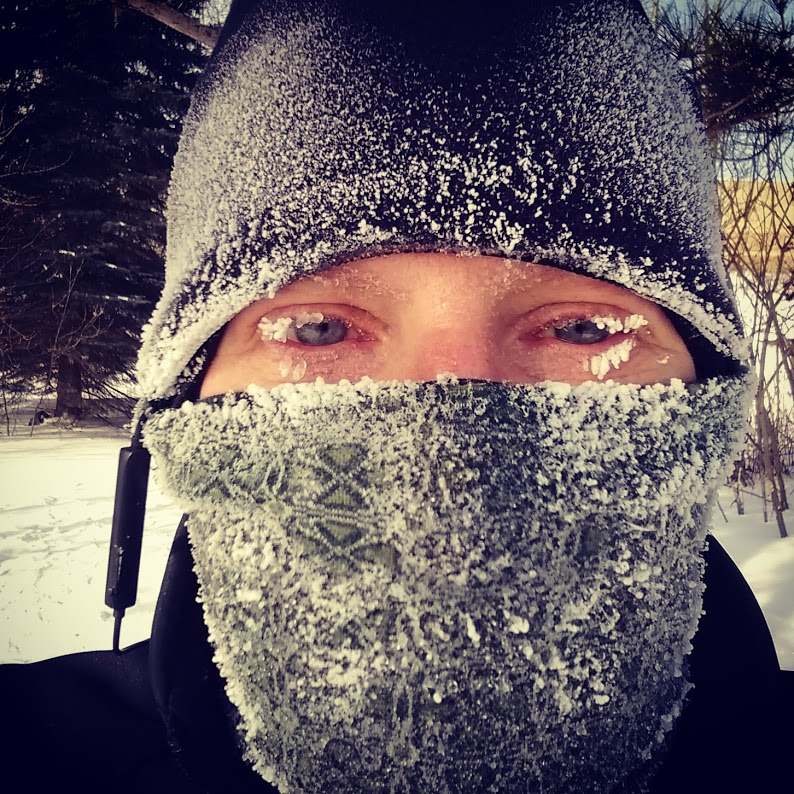
Went for a run by the lake 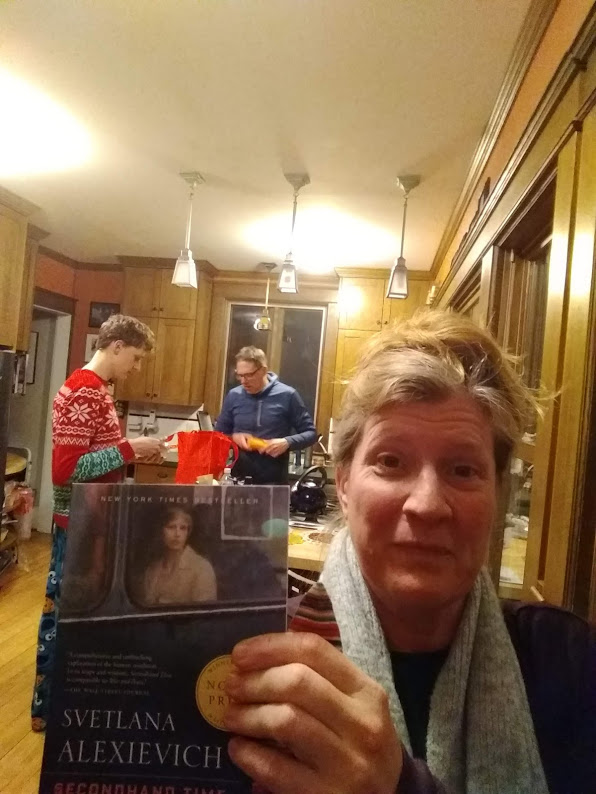
Hung out with muh boyz and opened a gift from the best Olga 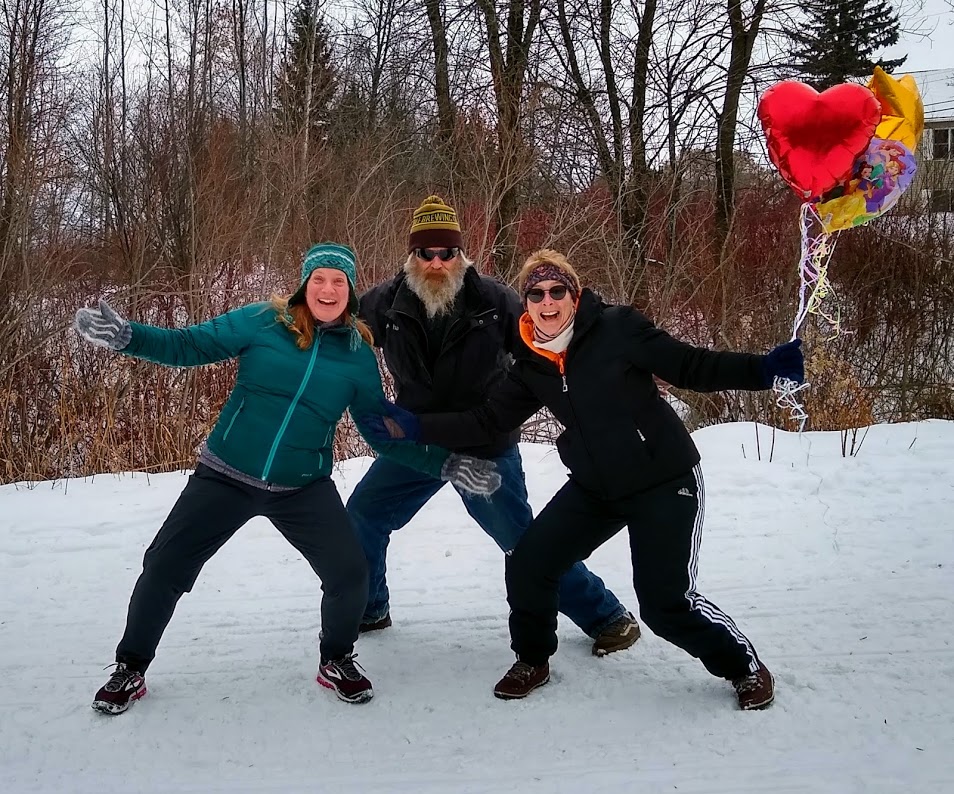
Stopped a random guy on a trail for a pic when out romping with pal Linda 
Gathered with great people at a great brewery 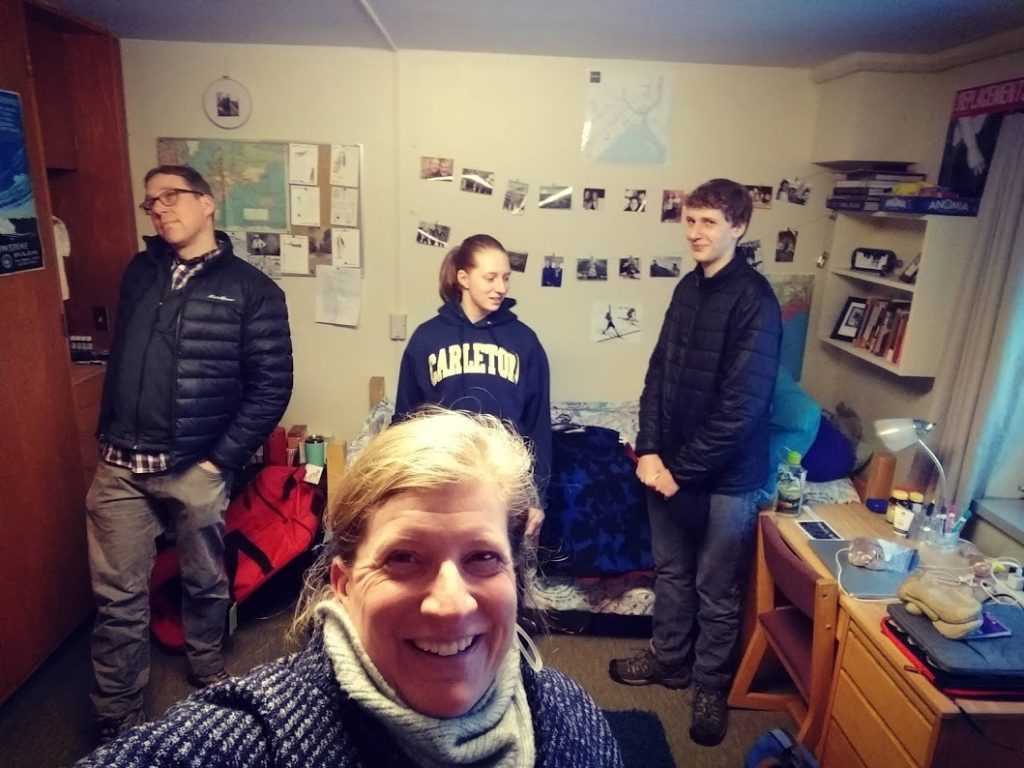
Finally got to see Leggy’s dorm room 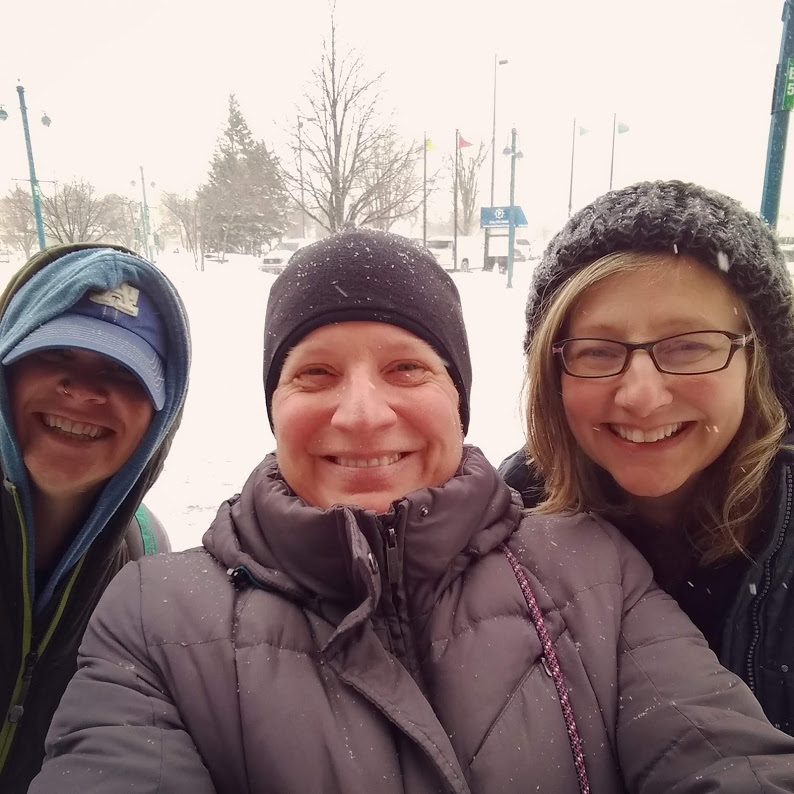
Went for lunch with smart women who make me laugh
My pal Christa. I’d never met her before 2019. But a mutual friend connected us online when I was in Belarus, so the friendship germinated through messages; we’d been going to the same yoga class for years but never spoken. It was only this year I found out her nickname for me and Byron in the class has long been “puppies under the blanket.” Tip to toes, Christa is a peach. She feels like a friend I’ve loved for decades. We read the same books, we do exercise classes together, we message constantly, and few sounds are sweeter than her big, dumb laugh. As life goes on, it gets harder and harder to find new Friends of the Heart, but Christa effortlessly became one.
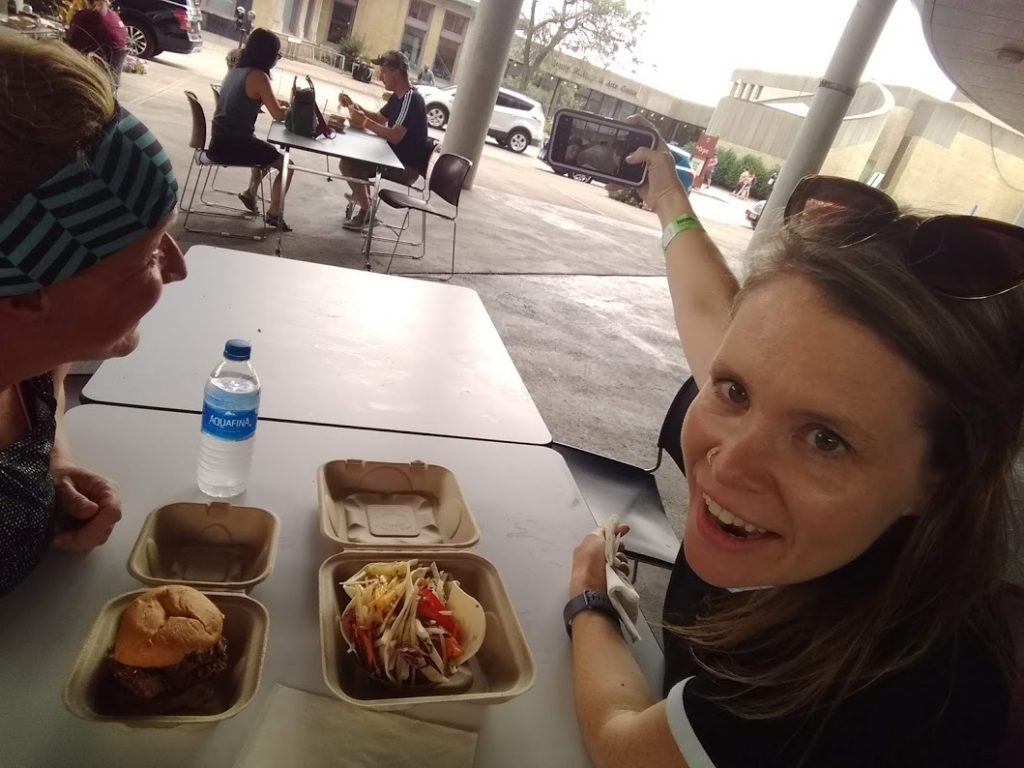
Reciprocal selfies while eating food truck lunch outside the public library 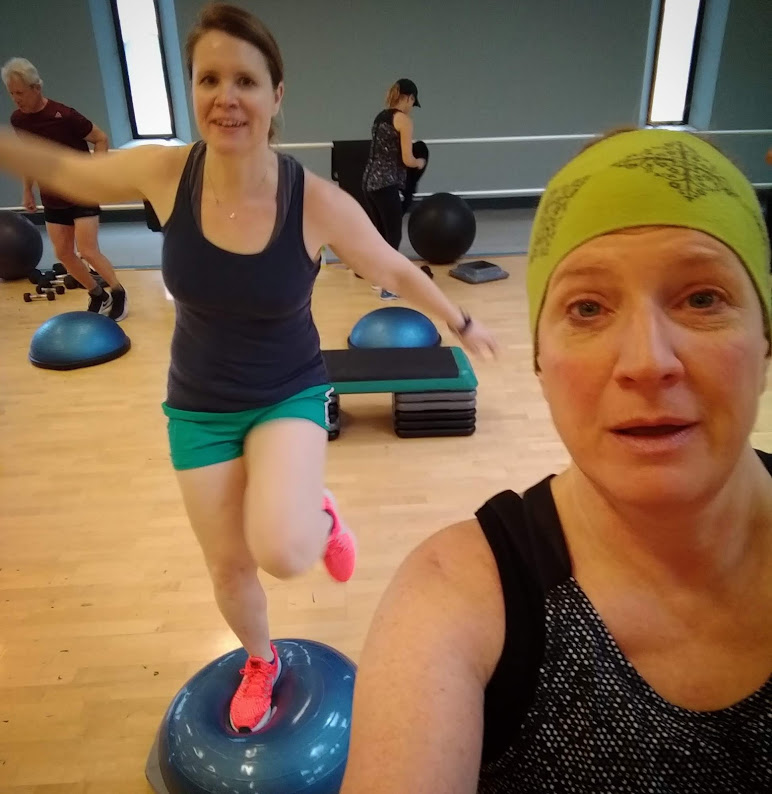
A true companion in goofitude 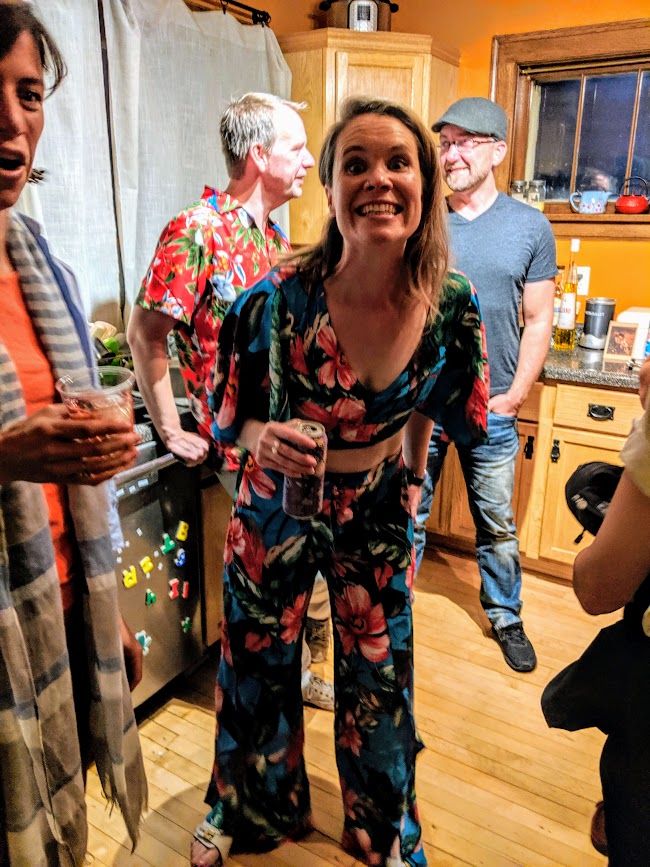
Birthday girl at her yacht-rock themed bash
Salon joy. Getting my hair cut has never been my favorite thing — egad, can I please just read this magazine and not have to make small talk? can we please just get this over with? do you actually feel good about sending me home looking like this? Ah, but then I started going to Adeline a few years ago, and since then, visits to her charming salon make me feel like I’m a character in a Netflix series named Shags — during Season One, Adeline dances wildly to Lizzo, hosts pop-up events, organizes community action, masters razor cuts, and mentors up-and-coming stylists, all while her trusty assistant, Kristina, keeps a lid on the place while wearing fierce earrings.
Statement earrings made by creatives. A side benefit of Adeline’s salon is the earring bar conveniently located on a glass case by the check out. The wild and joyous earrings I saw there introduced a slew of local and regional artists who are pushing back against the dull mindlessness of mass fabrication every time they cut-pound-squeeze an idea onto a stud or a loop. And now I’m on a constant hunt for jocund jewelry.
Working a Pledge Drive. This is my seventh year on the Board of Directors for the public tv station in Duluth, the year when they looked at me and thought, much as they would of war, “Jocelyn, huh, good god, y’all. What is she good for?” The answer to this question involved a screen test followed by a bunch of hours in which I asked for money in exchange for cookbooks. I was super nervous. And, as is usually the case when I do the thing I’m nervous about, it was super fun. Sidenote: teleprompters aren’t for the faint of heart. WHAT’S THE NEXT WORD I CAN’T SEE THE NEXT WORD IS IT DONATE MAYBE IT’S GALLIVANT
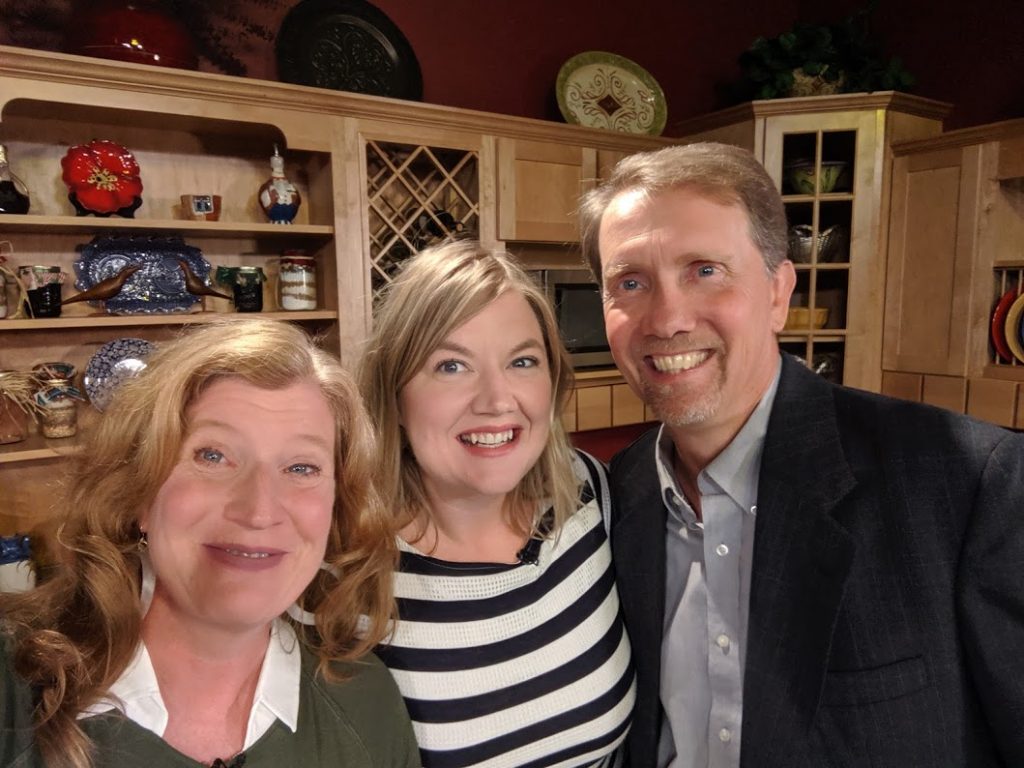
Had I been stationed on the kitchen set while on air, I’da made you a Julia Child omelet for a one-time five-dollar donation
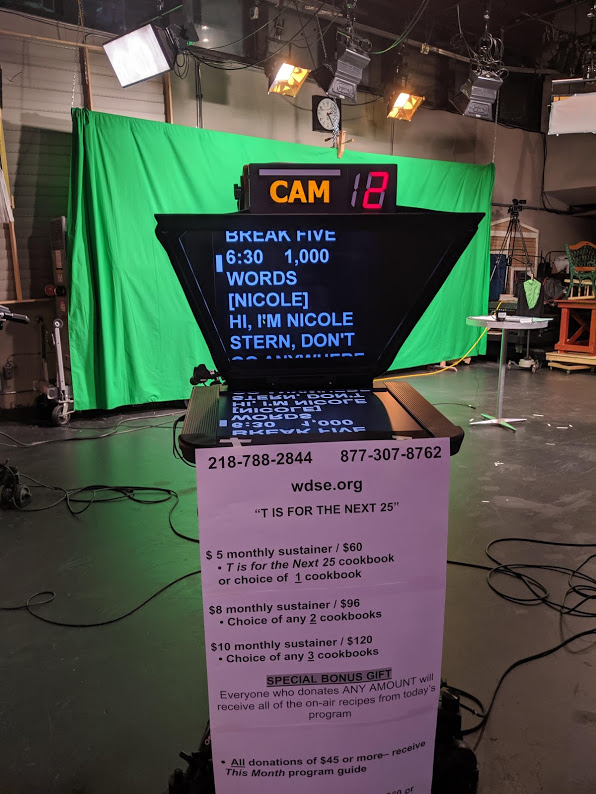
DON’T…WHAT???
Instagram Stories. While my favorite multi-segment video Stories of the year revolved around the diaries of my great-great-grandmother, Minerva, and those of her eldest daughter, Ella, there’s also good fun in recreating the dynamics of a Spin class. Especially if there are oranges in the house.
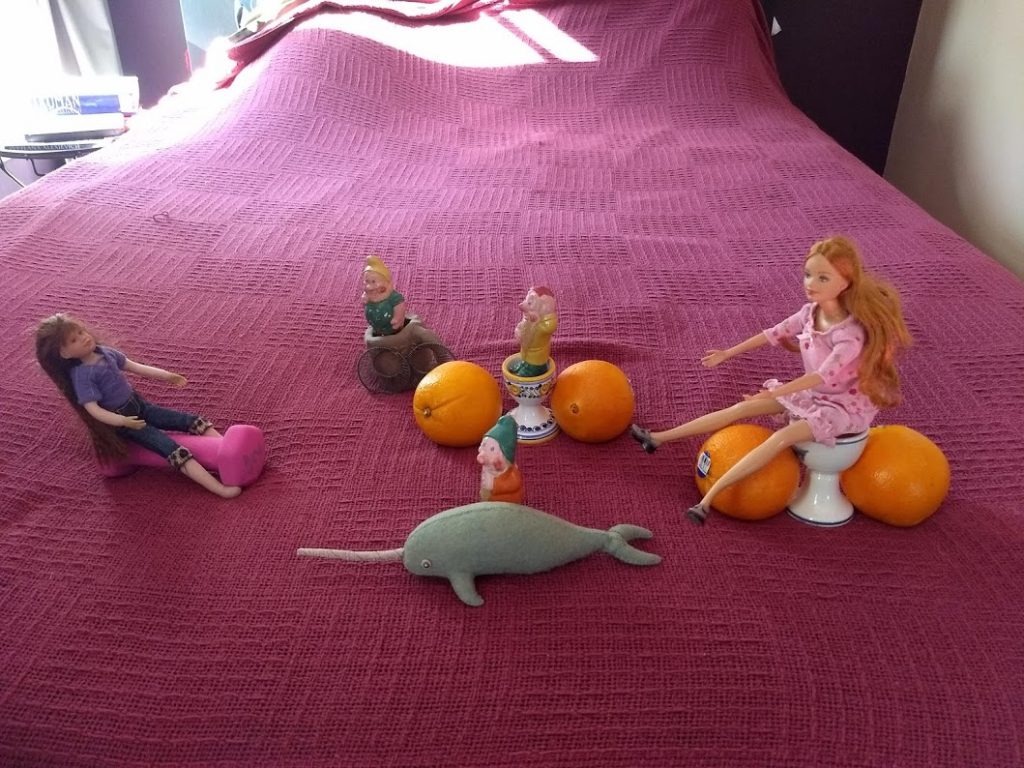
That’s me, the ginger in the egg cup hiding in the back row
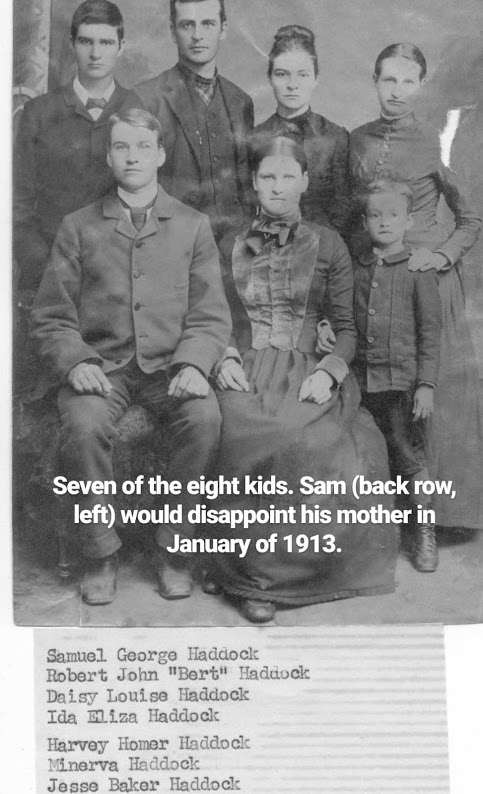
Minverva Baker Haddock gave birth to ten children, eight of whom lived to adulthood. Her diaries are mostly about “doing the work up fine”
Gin’s ashes. Virginia Claire Larsen died in May of 2018, and when her ashes were returned some months later to her widow, Kirsten invited me to accompany her to Europe to scatter bits of our beloved in certain spots Gin had treasured. Beyond that, we also tossed her hither and thither — in the corner of a hundreds-of-years-old pub, in the cellar of a monastery, off the side of a bridge. With the bulk of her well interred or swirling in the wind, we finished The Distribution of Virginia in the ancient Jewish cemetery in Prague, a place that seemed fitting, given her interest in learning Yiddish (she took classes) and the deeply important relationship she had throughout her life with a Jewish couple who’d escaped death during WWII.
The afternoon light was soft when we dribbled Gin from a Ziploc onto a gravestone, dumped a bit of her in the dirt, poured the dust of her onto a fountain shelf. When the bag was empty, the world around us muffled, and up she floated, bits of her becoming circling motes in a patch of sunlight. Lazily, hanging over the cemetery, she drifted toward the sky.
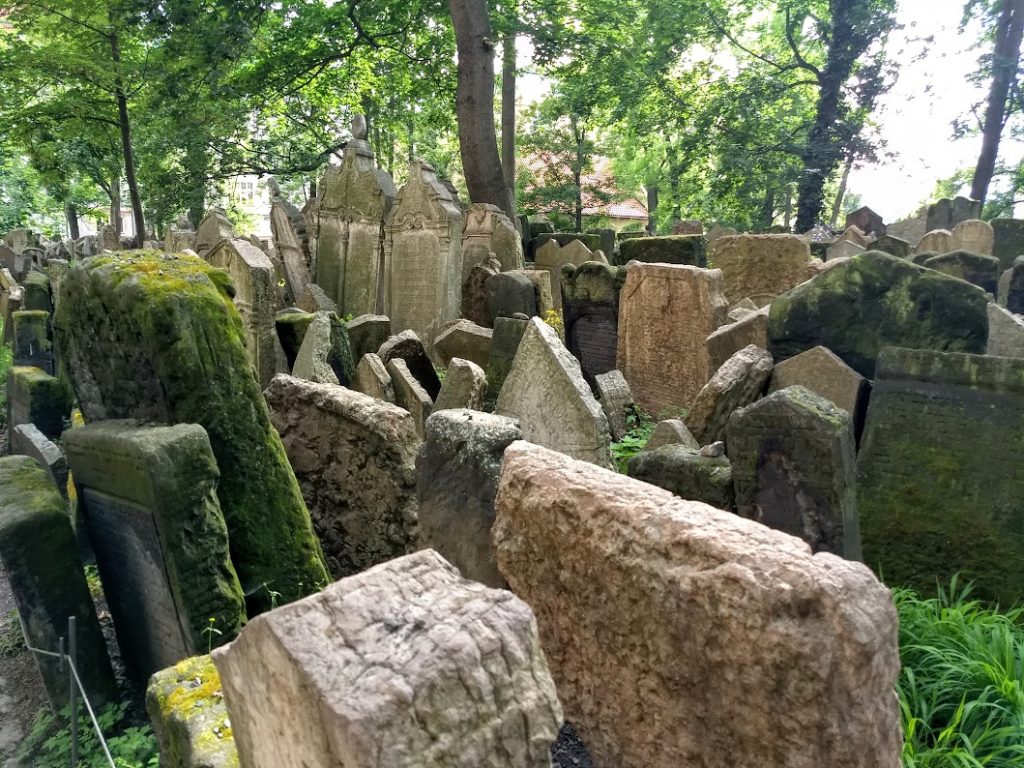
Speaking to crowds. I know it seems odd, given that I’m in my 29th year as a teacher, but I do not enjoy talking in front of an assembled group. The prospect of it makes me cold-handed and anxious, even sick. Yet opportunities for public speaking keep cropping up, and I keep saying yes, so on some level, I guess I get something from the process of worrying, planning, and presenting. Even more, I feel the like an important part of aging well is continuing to tackle challenges, which is part of why I say yes when my brain is screaming no.
I’m very glad I said yes to Adeline one day when she was making magic with my hair; she’d asked me to participate in her monthly community storyshare event, Gag Me with a Spoon. Before the year was over, I’d gotten on that stage three times, once in a dual performance with pal Christa (We told menstruation stories, and I’m still haunted by the image of a well-used tampon as a dead mouse, so thanks for that, Lawler), feeling more confident each time. I also was asked to be on a panel about “Life’s Curveballs” at my college reunion to talk about the Belarus experience; then a month later, I sat on another panel, this one in front of hundreds of outgoing Fulbrighters at their pre-departure orientation in Kansas, to speak about health and wellness while abroad (“Pack some taco seasoning packets for a special dinner on the dark days,” I counseled).
Each time I’ve hoisted my shaking frame in front of all those eyes, I’ve had to dig deep, square my shoulders, and remind myself: You got this, Jocey. The worst thing that can happen is you act a fool or they hate you. And, girl, you’ve already felt both those things in life and managed to carry on. So open your mouth and let something come out. It might surprise you.
Students. This fall, there were these two firefighting students in my night class, one guy always bringing his rope and giving impromptu lessons in knot-tying to the other. At one point, the knotty guy pulled a classmate across the floor in a demonstration of how a body can be removed from a crisis scene. That, my friends, is a good freshman comp class.
In the same class, a mother of two told me she had to miss one evening to attend a holiday gala at a fancy mansion. I told her she’d be forgiven if she sent me pictures of herself all gussied up. She obliged. Except she forgot to send a photo of the shoes she wore. We came to an agreement: if she wore the shoes during the final exam, all would be well. That, my friends, is a good freshman comp student.
Then there’s the fact that a brand-new class I’d prepared, Creative Nonfiction Writing, had low enrollment and was in danger of cancellation. In a last-ditch effort, I posted a plea for students on Facebook. After more than 100 comments, some realities shook out: ten people, not community college students but, rather, friends from my college years, co-workers of those friends, a former Belarus Fulbrighter, a friend from Byron’s years at Wolf Ridge, and even parents of friends, signed up for the course. The numbers were good enough to save the class. That in itself made my heart swoop. But then the actual class happened.
Week after week, the mix of ages and backgrounds created a dynamic like I’d never seen before. For the standard, degree-seeking community college students in the class, there may have been a few weeks of “What the hell?” as they looked at the writing and work habits of those a bit more — ahem — advanced in life. I venture to say their learning experience was boosted as they realized a world exists where the instructions “write 100 words minimum” simultaneously means “you can write 3,000 words if you want.” The mash-up of people in the class yielded something rare and special in terms of the trust and safety we all felt with each other. As the writers mined their life experiences, I was inspired. In one case, after reading the story of a 77-year-old student’s childhood in International Falls, Minnesota, and how she regularly walked across the border into Canada for all sorts of goods and services not available in her own town, I decided I wanted to do that, too. So, one brisk November evening while in International Falls for other work-related business, I did it. I walked across an international border. And on the way back, I carried a box of Tim Horton’s doughnuts for several miles, declaring them at the border as I re-entered the U.S.
One particular student registered for the class a few days before the start of the semester after I’d happened upon him, a worker in the campus’ new greenhouse, when out for a walk with a colleague. This worker and I talked for a few minutes about the college’s Eco-Entrepreneurship Program before he asked me about my teaching. In no time, I was giving him a hard sell on the Creative Nonfiction class. By the end of that day, he’d dropped a course he needed for his major and enrolled in the CNF class. This young man, Adison, is an extraordinary person and an equally fine writer (in future weeks, I’ll be featuring some of his and his classmates’ writing on this blog!). When, part way through the semester, I messaged him to ask if he’d ever consider sharing something he’d written for class at Gag Me with a Spoon, he was open to the idea.
The night when he stepped onto the stage and read his piece “What They Don’t Tell You about Hitchhiking” was special in a lot of ways. Most of all, for me, it was a crowning moment from The Little Class That Could — the class that could survive cancellation, pull together a diverse group of randoms, and ask them to commit to the process of putting their lives into words. That class was the best teaching experience of my career.
Fluevogs. When you wear great shoes, you gotta get the photo. There in the tub, I “did the work up fine.”
Relatedly, a student blew my heart open when she wrote — in her comparison/contrast essay about her English teacher versus Ms. Frizzle from the Magic School Bus series! — “Jocelyn’s clothes are a perfect yin yang balance of tweed style mixed with surrealism.”
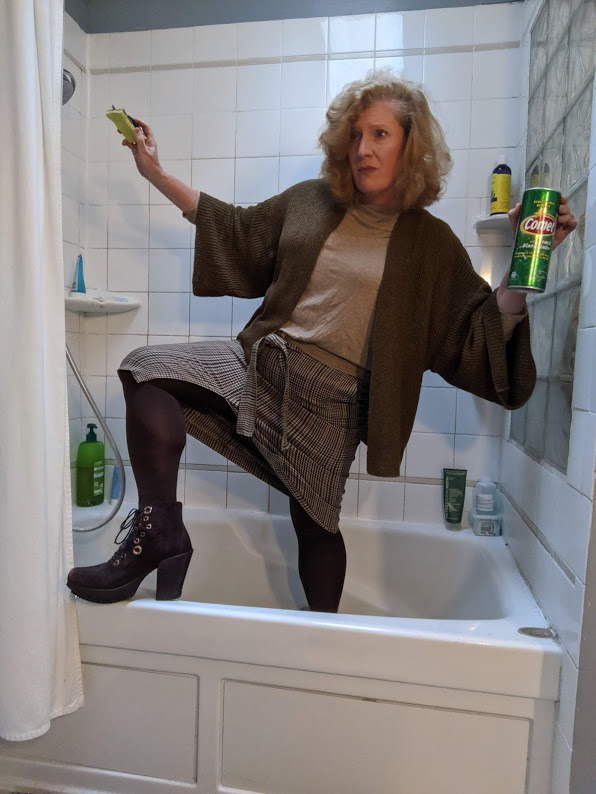
Books. I read ’em. I love ’em. Very rarely, though, do I give out 4- or 5-star ratings on my Goodreads. Here are some that made that cut this year.
The lake. My feelings about Duluth and Lake Superior are ripening with each year we live here. Every single time I clap eyes on that massive expanse of water edging the city, I have to stop for a second and breathe in the g.d. majesty of it.
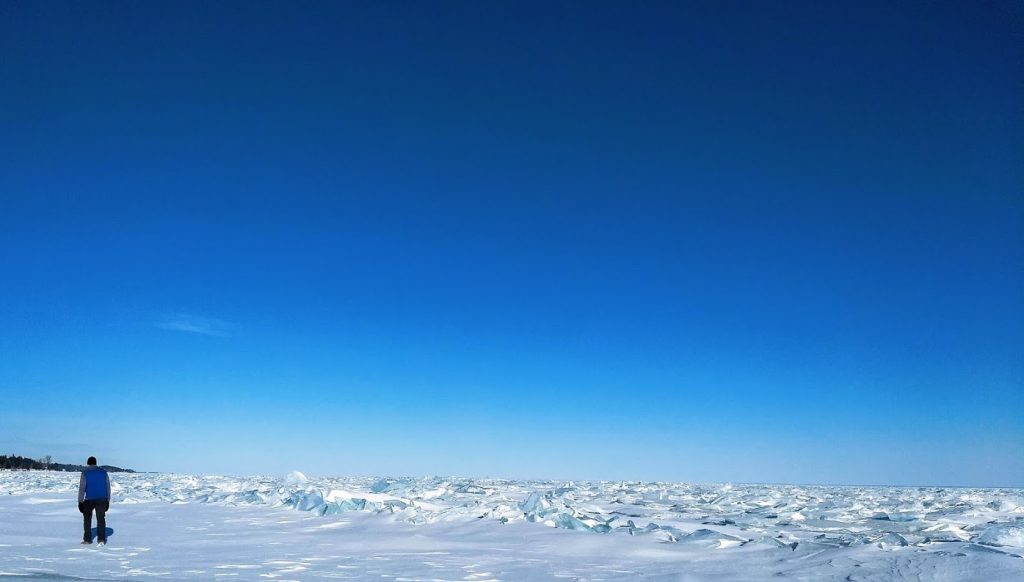
Byron and I had a great time walking home from downtown on the frozen lake
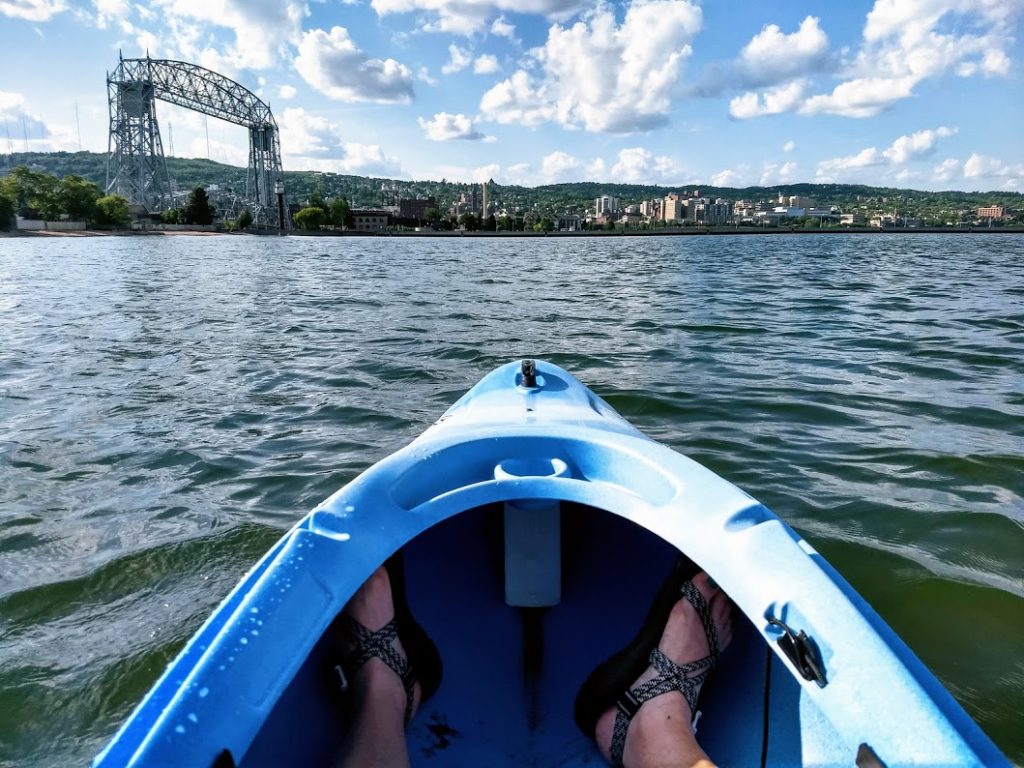
In the summer, I chase Himself around while he swims
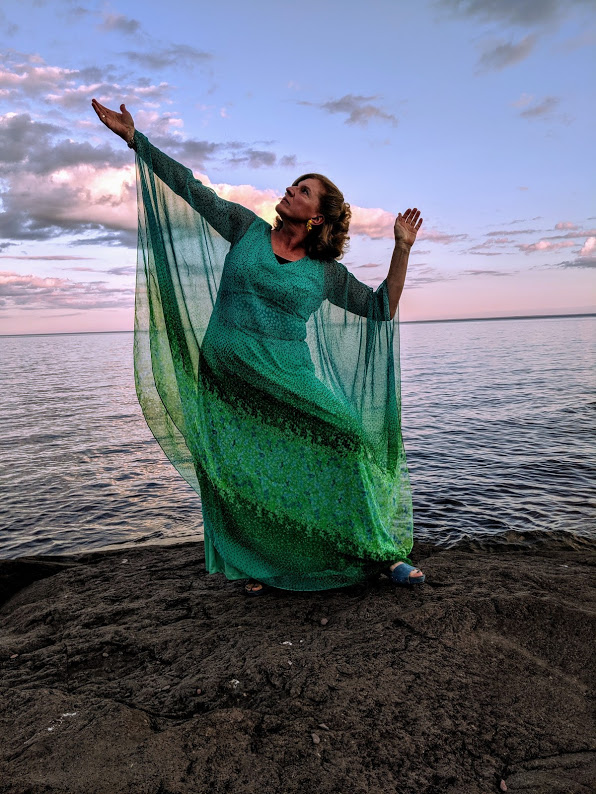
THIS IS MY CAFTAN AND IT DESERVES A GREAT BACKDROP
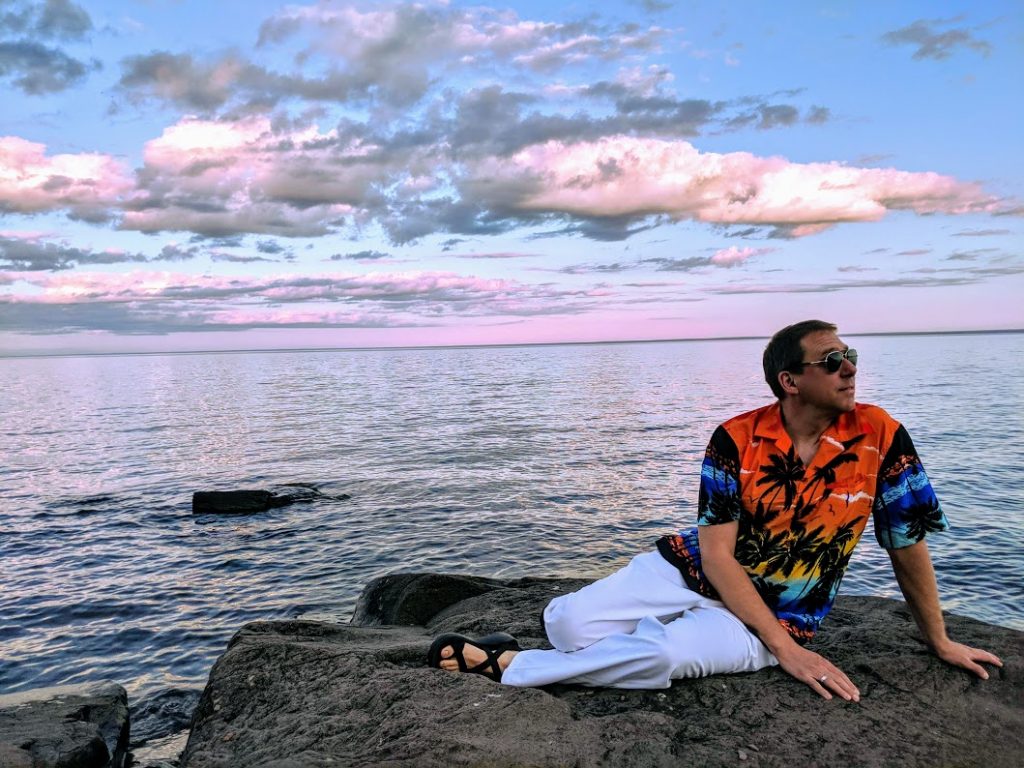
Hey, Slick. Didn’t see ya lounging there
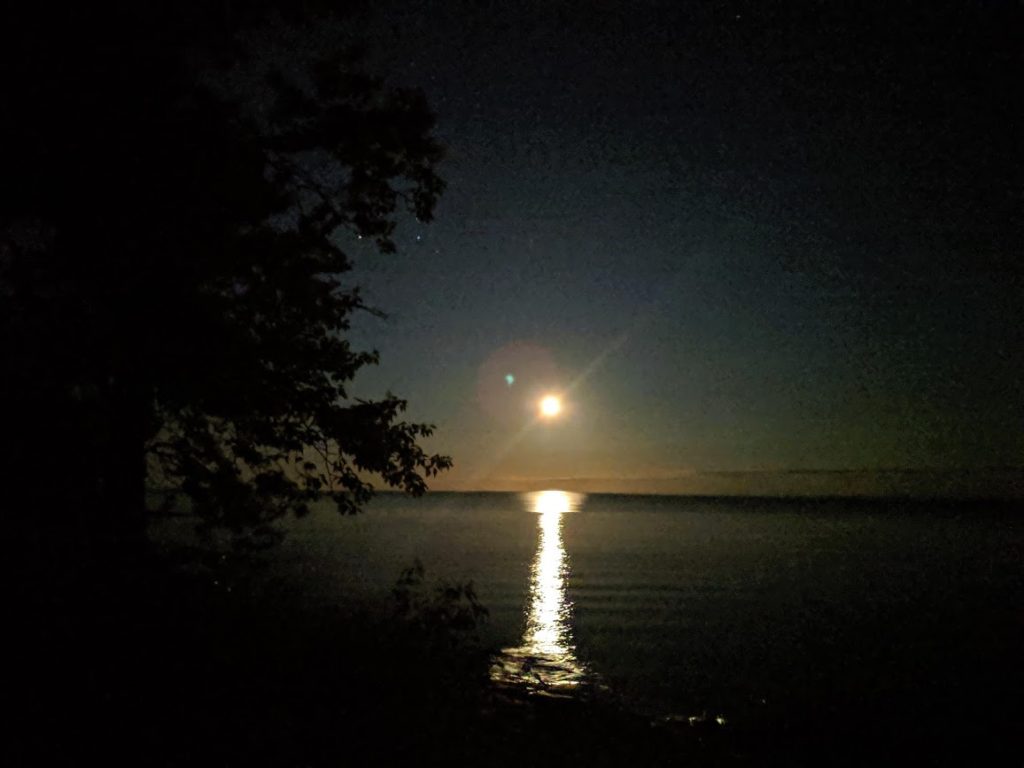
When I picked Paco up at 11 p.m. after a McDonald’s shift, he asked if we could drive down to the beach to look at the moon. No, you can’t have him
90-Day Fiance. It’s a regular thing for me to become addicted to crap, but the fact that Byron is, inexplicably, all in on the nonsense of this tv franchise has been a huge delight in recent months. Now, when I exclaim things like “The shitshow that is today reminds me of when Darcey arrived in Amsterdam and got her Louboutin heel stuck in the escalator at the airport,” Byron understands the reference. A show about idiots desperate for ill-advised marriage has brought a greater level of percipience to my own.
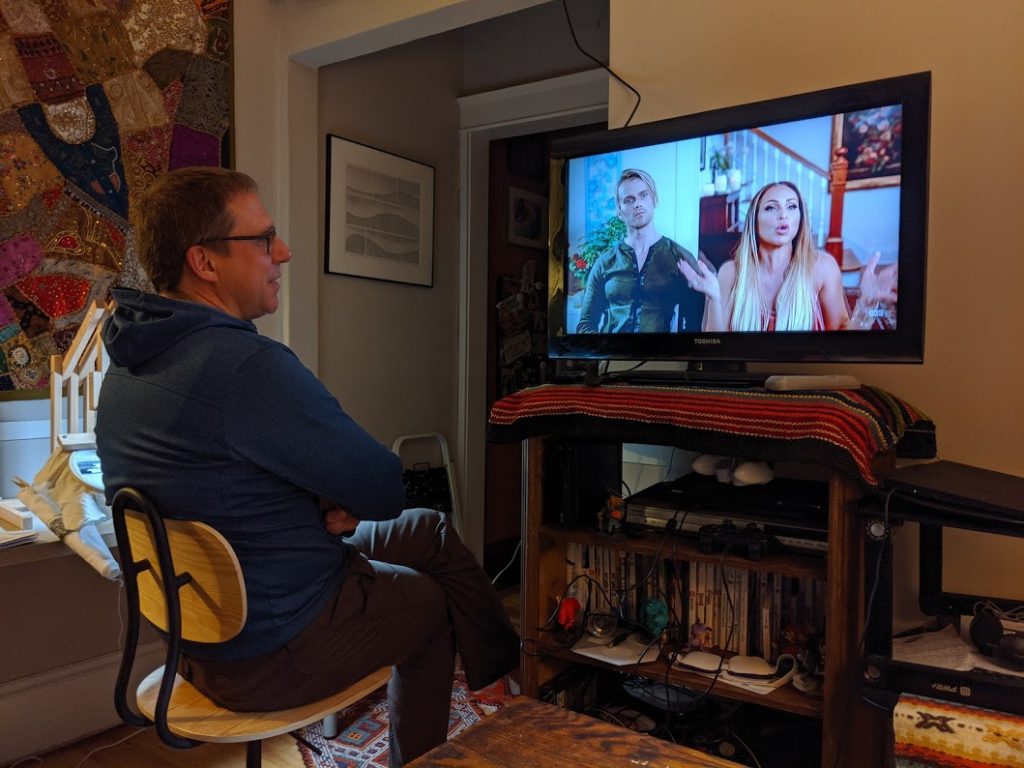
Reunion. How to convey the lasting effects of the best choice I’ve ever made? (…save for ending up with the aforementioned 90-Day Fiance watcher — and that didn’t feel like a choice so much as an easy trust fall into yes.) Let’s try this: Starting in my junior year of high school, all these colleges kept mailing flyers and brochures, somehow having discerned that they were the places I should want to be once I graduated from high school. Because it felt wrong to toss potential into the garbage, I kept all those mailings, shoving them into a shoe box that I kept in the basement by the tv that brought me Sting singing “King of Pain.” At the same time the shoe box was getting heavy, I was obsessed with Lisa Birnbach’s The Preppy Handbook and thus strongly favoring college applications to East Coast colleges where I might learn to wear headbands and plaid like a native. Alternately, I toyed with the idea of a West Coast college, where I could try “smoking grass” amongst ferns and loaves of sourdough bread. But then, as a kind of compromise, a third option gained traction: what if I applied to this one college that was still far enough away — roughly a thousand miles — yet somehow close enough? What if I sent in an Early Decision application to “the Harvard of the Midwest”?
And so I did. The rest would wrongly be dismissed as history — since the experience of that place exhales a daily, very alive, breath even yet. The way that I think, the values I hold, the people I treasure — all came from a semi-random decision to attend Carleton College.
My class had its 30th Reunion this summer, and as we all put feet on those grounds that absorbed our stomps toward adulthood, I felt more myself than I do anywhere else in life.
Plus, I got to follow my daughter around for a bit while she, a student worker, someone who applied Early Decision to a place that felt like Home, counted heads on an architecture tour.
This painting. Out of nowhere, it showed up in the mail one day. It was from my friend Tim, who also happens to be my favorite artist. What the…??? I was tipsy with excitement, flattered to my follicles. Later, Tim explained that he’d been thinking about our college reunion and the various people who’ve populated that place. Although much attention is given to the “big names” who graduated or taught there, he decided it would be more meaningful to celebrate someone who’s a mother and a teacher and a smiler — someone lesser known who still embodies plenty of admirable traits.
Hey, you guys? I love Tim.

Hi, my name is Joceypants. But you can call me Ms. Frizzle
Puzzles. There’s that thing about challenging the aging brain. There’s also a thing about how working on a puzzle transforms head space into a calm, abstracted place of focus. When I am working on a puzzle, I am engaged in a deep, intimate relationship with shapes and images — a necessary break from words and people.
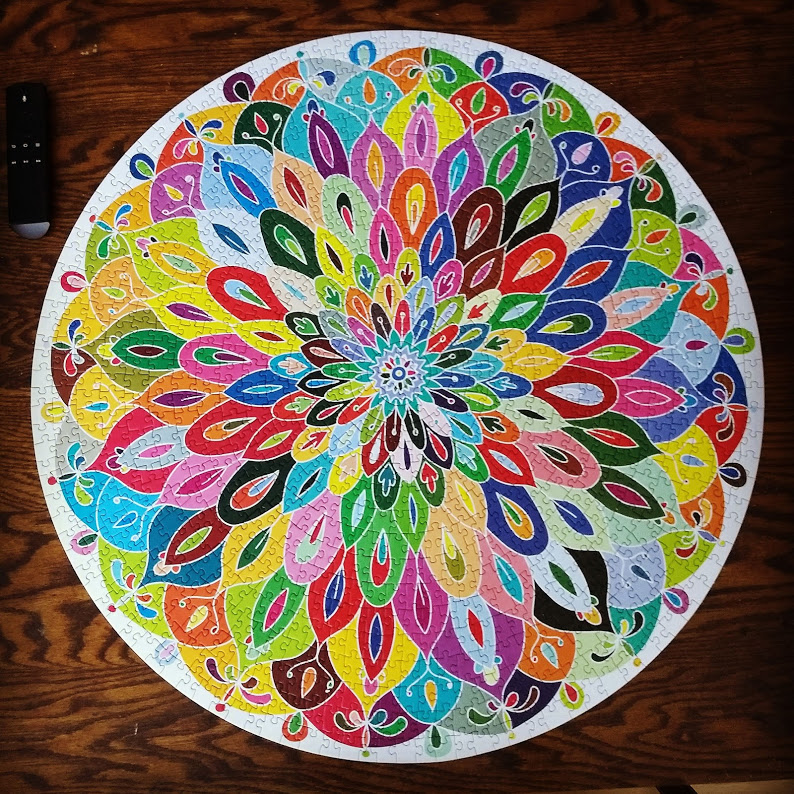
The Tommie Twilight 5K. In high school, our girl didn’t particularly like track. She’s a cross-country runner at heart. But now, in college, she’s enjoying track more. Last spring, she had a really good race one week, setting a new personal record for herself. And then. The next week, she raced the 5K again — and whittled almost a minute off her time from the previous week. When a quiet person beams, it’s like a shout. After the race, her face was shouting. Even more, I’m so glad my friend Mary Beth came to watch the race with me that night; she saved me from crying on a stranger’s shoulder when Our Fierce Leggy rocketed over the finish line.
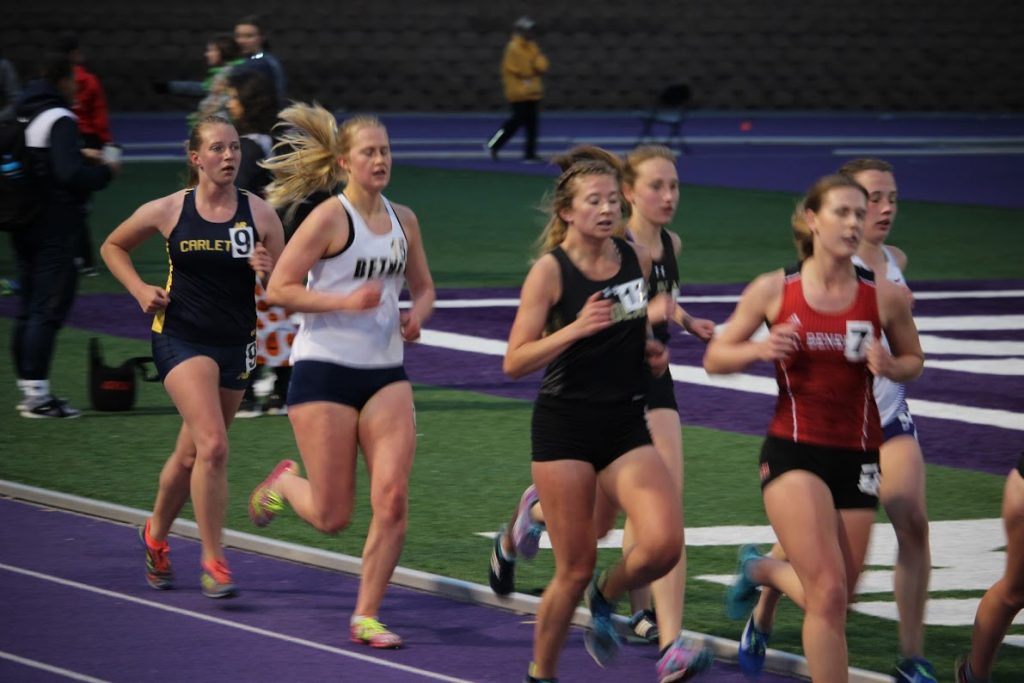
Y peeps. There’s a place I go lots of days, and it’s a place that keeps me steady and sane. There are regulars, and there are drop-ins, and through it all, there is something like community, in this place where we’re all just after being our best selves, a place where we never have to go to meetings or worry about whispers in the hall. That place is the YMCA, and I’m ever so glad I’m a Young Christian Man.
Internet. Thank you, Al Gore. Your invention makes me laugh on the daily.
Teens in the kitchen. They are smart, quick, funny, and kind. I love teens. I love them better when they’re in our kitchen.
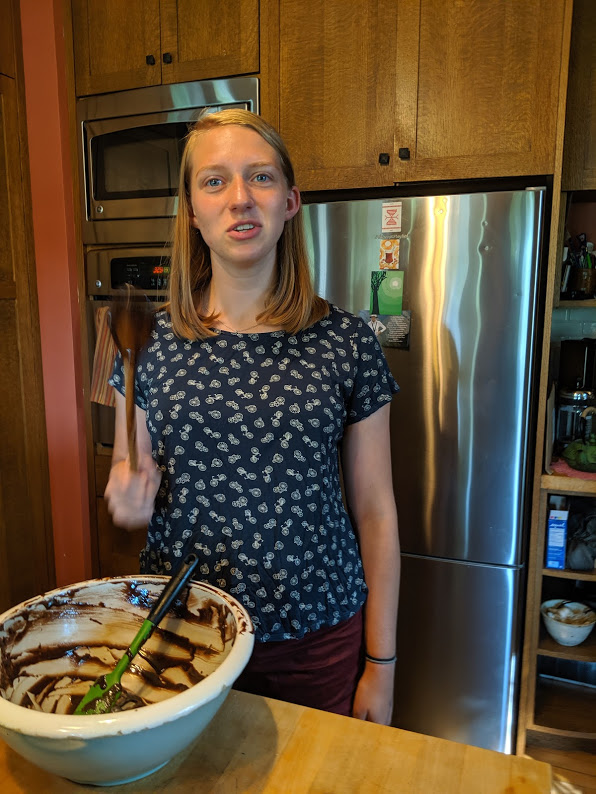
Sis and her brownie spoon will Tell. You. About. It.
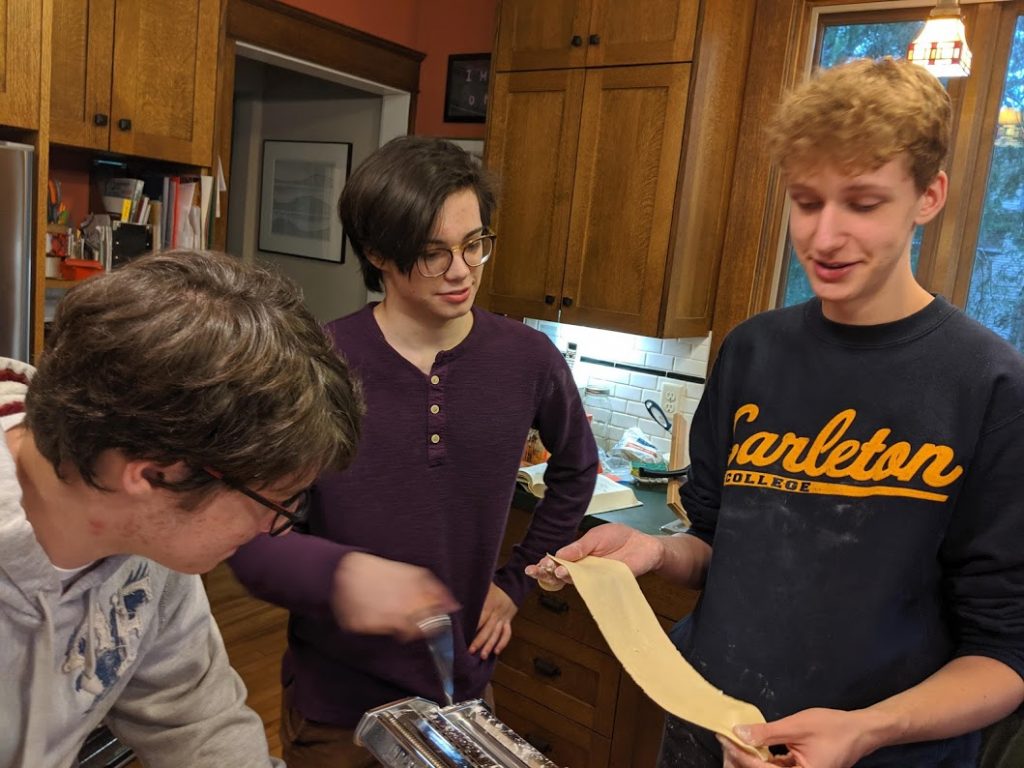
Not a nubbin of pasta left after the crew of, uhhhh, seven boys finished the dinner they’d made
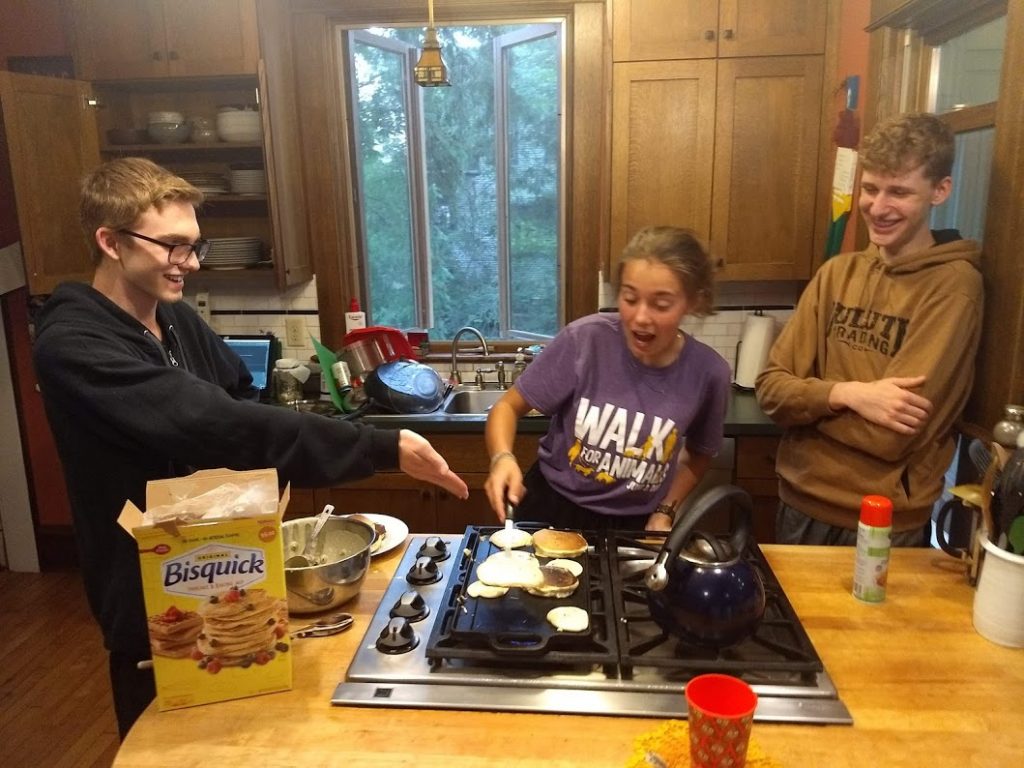
There’s only Bisquick in our house when an animated flipper brings it over
Live music. Concert attendance took a hit when the kids were little, but Byron and I are gradually re-entering the world known as “going places and doing things.” Fortunately, we both love standing shoulder-to-shoulder with fellow fans, ears blasted by noise and energy and a reminder that notes flying through the air belong to everybody. They equalize and unite.
Try on this description from Fifth Element about the roots of Dem Atlas’ music, for example:
Growing up in a dysfunctional home in Minneapolis, there were two things Joshua Turner turned to for comfort when his parents fought: the records he’d listen to on a loop to drown out their conflict and the atlas he’d pore over to pretend he was anywhere else. Turner’s all grown up now, but his sources of childhood refuge continue to play an integral role in his life. In his spare time he draws maps for fun, and, under the name deM atlaS, he’s composing his emotionally complex hip-hop records aimed at listeners who are in need of some sonic solace of their own.
Even more, I had a great time in the bathroom at the Bad Bad Hats show, counseling a drunk college student about why her new boyfriend couldn’t possibly have pangs for his ex. As a rule, I do some of my best work with drunks in bathrooms. Just ask my students.

He sat on stage at the end, just taking in what he had wrought 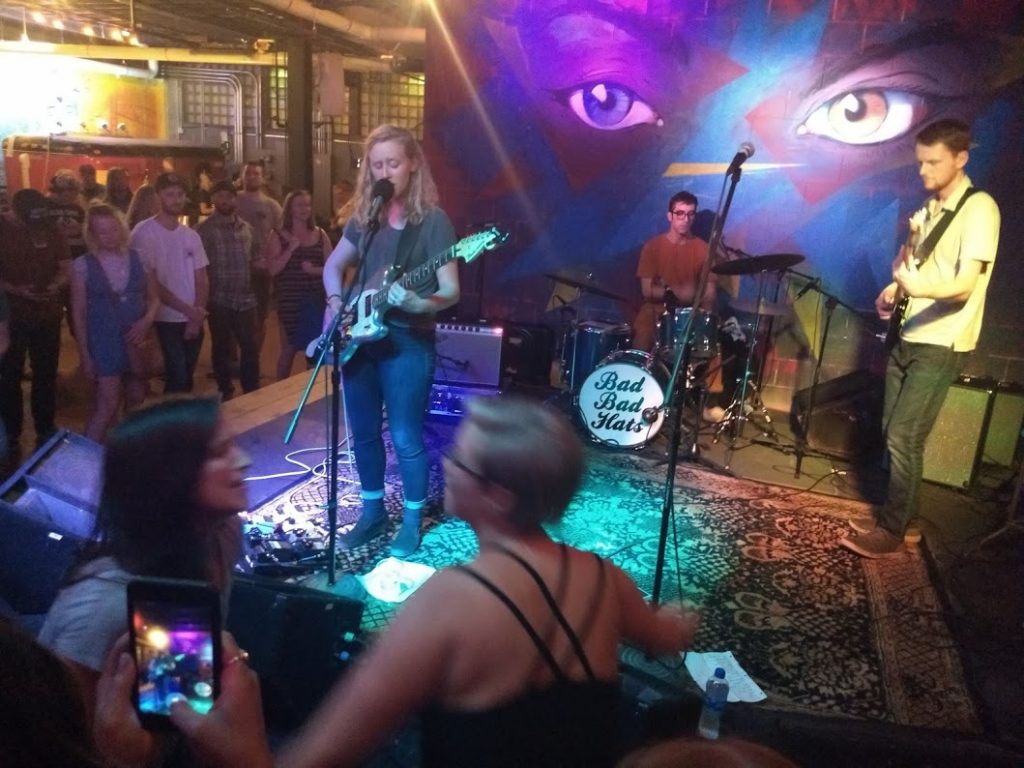
The most charming 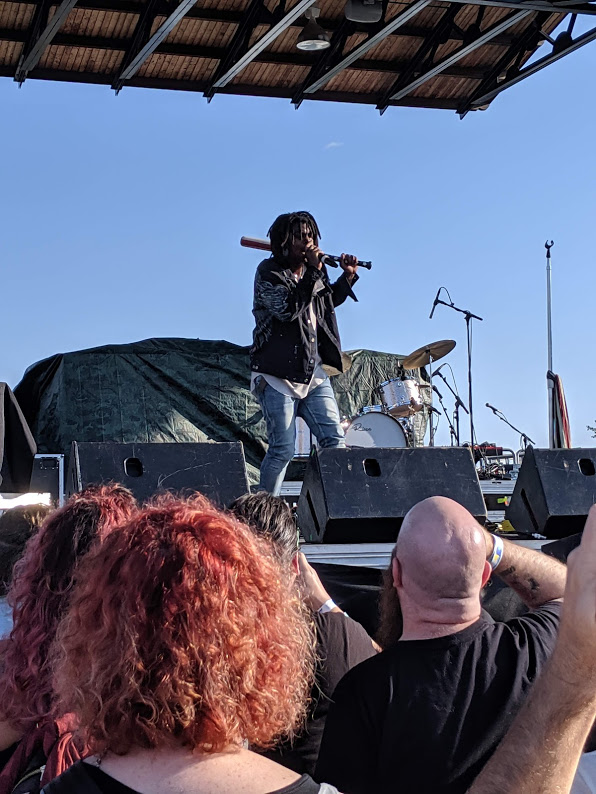
Dem Atlas = charismatic 
Atmosphere at the Wild Waters music fest 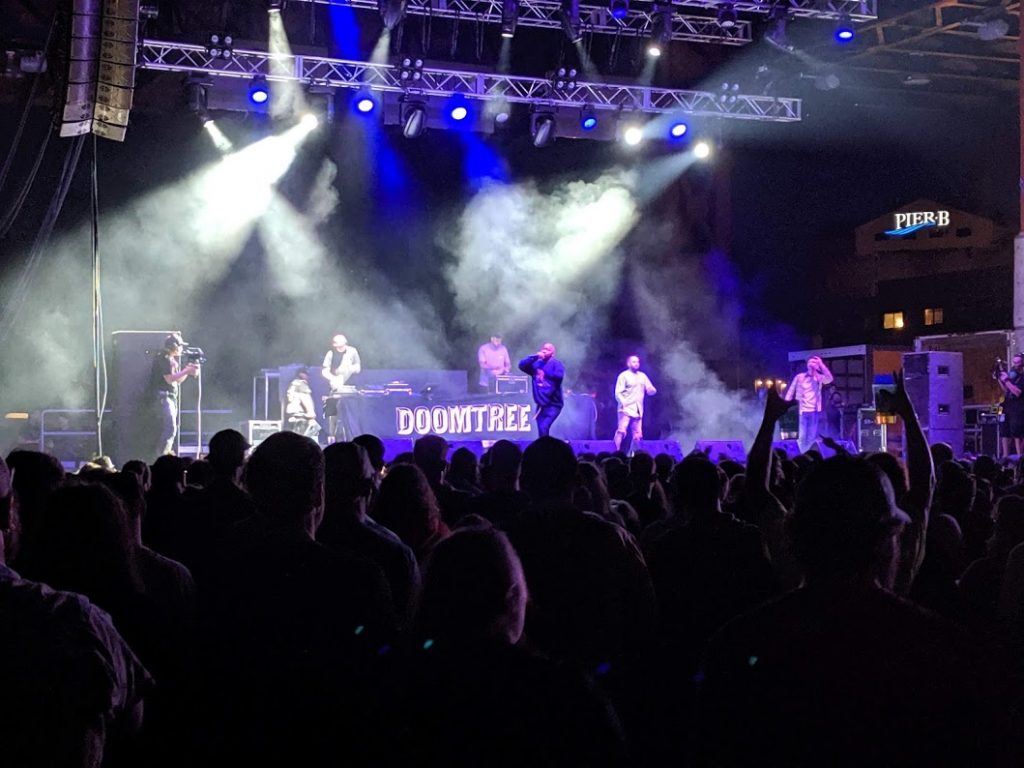
Doomtree bangarang 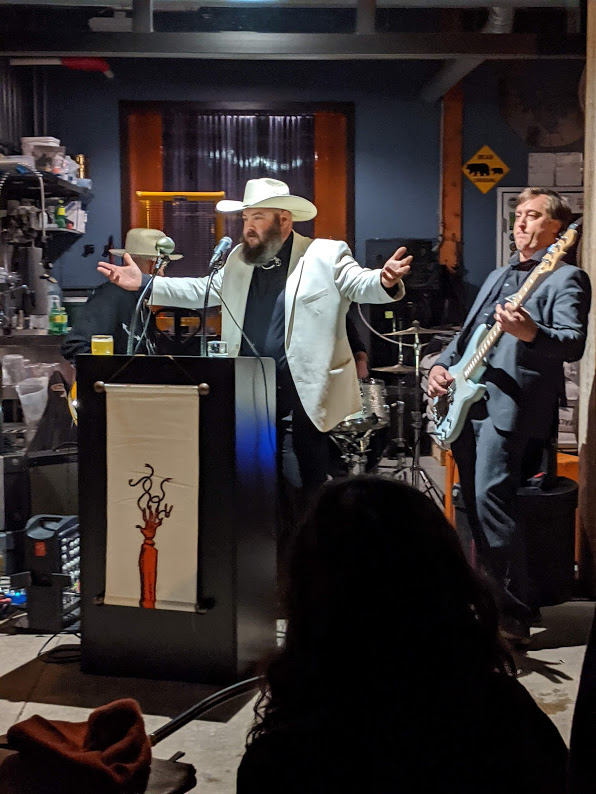
Kentucky Gag Order was astounding 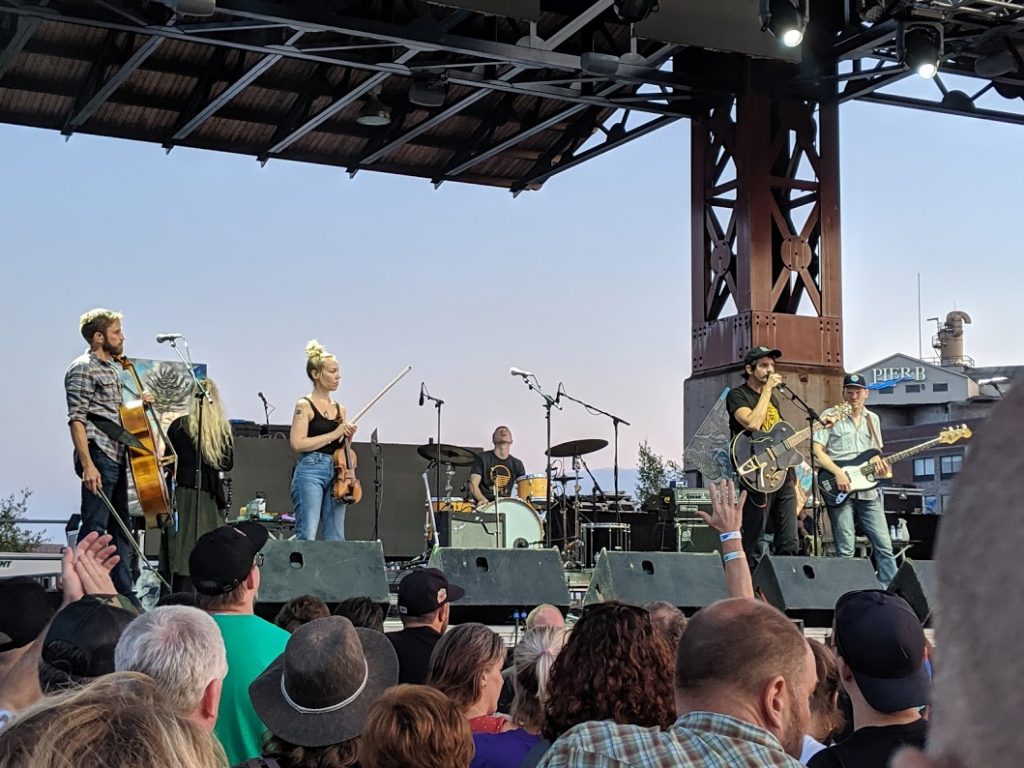
Cloud Cult + Bayfront Park is the most perfect marriage
Teens at the potluck. The challenge for our annual potluck this summer was to make a dish that, as of the reading of the invitation, the attendee had never before heard of. For Byron and me, that sounded like great fun, but the reality was that some folks struggled with the “make something you don’t know exists” angle. You know who rep-re-sent-ed, though? Paco’s crew (See: teens in the kitchen). To a one, those teenagers came up with delicious, inspired entries. Paco’s buddy Trenton is interested in a career in the food world; he brought gnocchi with Gorgonzola sauce, and I was delighted to teach him how to pronounce the main ingredients in his dish as he sat at the registration table, riddling out the spellings and accompanying story. Then there’s Mason, a kid who’d never heard of beignets before but made them and made them WELL.
So, y’know, kudos to the adults who entered excellent dishes. But YEEEEEEET to the teens.
The Anthropecene Reviewed. This podcast’s tagline reads “John Green reviews facets of the human-centered planet on a five-star scale,” and while that’s exactly what the show is about, it’s eversomuch more, too. Listen, I’ve never read any of John Green’s books, nor do I particularly want to, but, glory, he does some gorgeous writing for this program as he reviews everything from the QWERTY keyboard to the breakfast menu at Taco Bell to the Stanford Marshmallow Experiment. His review of Sycamore trees took me to tears.
What I hope to do in the future is echo Green’s example from this podcast — his mixture of history, analysis, heart — by constructing a sort of “review” assignment for my freshman composition classes. I’m not sure I can take another ten years of teaching a standard comparison/contrast essay — but I surely can stand to read students’ assessments, on a five-star scale, of things like Rock, Paper, Scissors and penalty shootouts.
Here, please enjoy the closing paragraphs of John Green’s review of sunsets.
My dog died last year, but one of my great memories of him is playing in the front yard of our first house at dusk.
He was a puppy then, and in the early evenings he would always come down with a case of the zoomies. He’d run in delighted circles around us, yipping and jumping at nothing in particular, and then after a while, he’d get tired, and he’d run over to me, and he’d lie down. And then he would do something absolutely extraordinary—he would roll over onto his back, and present his soft belly. I always marveled at the courage of that, his ability to be so absolutely vulnerable to us, to offer us the place that ribs don’t protect, and trust that we weren’t going to bite or stab him. It’s hard to trust the world like that, to show it your belly.
I don’t know exactly how to describe this, but there’s something deep within me, something intensely fragile, that is terrified of turning itself to the world. Maybe it feels like loving the beauty that surrounds us somehow disrespects the many horrors that also surround us. Or maybe I’m just scared that if I show the world my belly, it will devour me. And so I wear the armor of cynicism, and hide behind the great walls of irony, and only glimpse beauty with my back turned to it, through the Claude Glass.
But I want to be earnest, even if it’s embarrassing. The photographer Alec Soth has said, “To me, the most beautiful thing is vulnerability,” and I would go a step further and argue that you cannot see the beauty which is enough unless you make yourself vulnerable to it.
And so I try to turn toward that scattered light, belly out, and I tell myself: This doesn’t look like a picture. And it doesn’t look like a God. It is a sunset, and it is wildly beautiful, and this whole thing you’ve been doing where almost nothing gets five stars because almost nothing is perfect? That’s b.s. So much is perfect. Starting with this.
I give sunsets five stars.
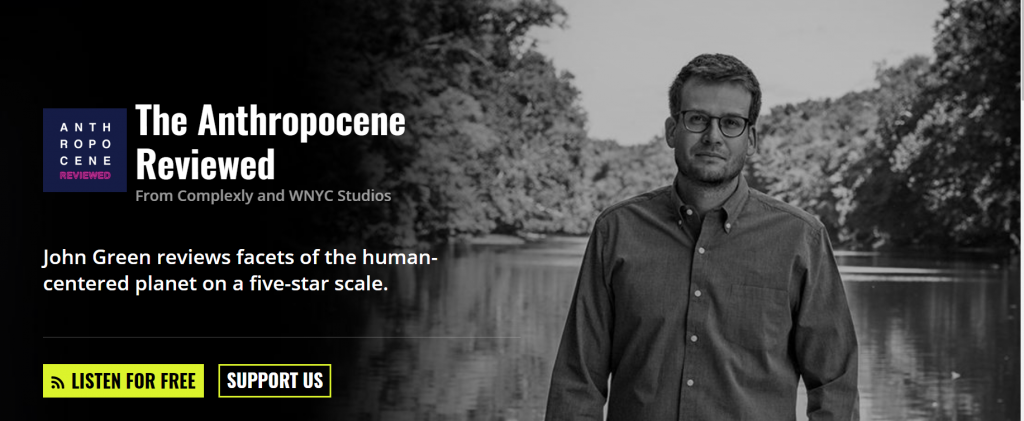
And finally.
These ones. No matter the year, they are my favorites and my best.
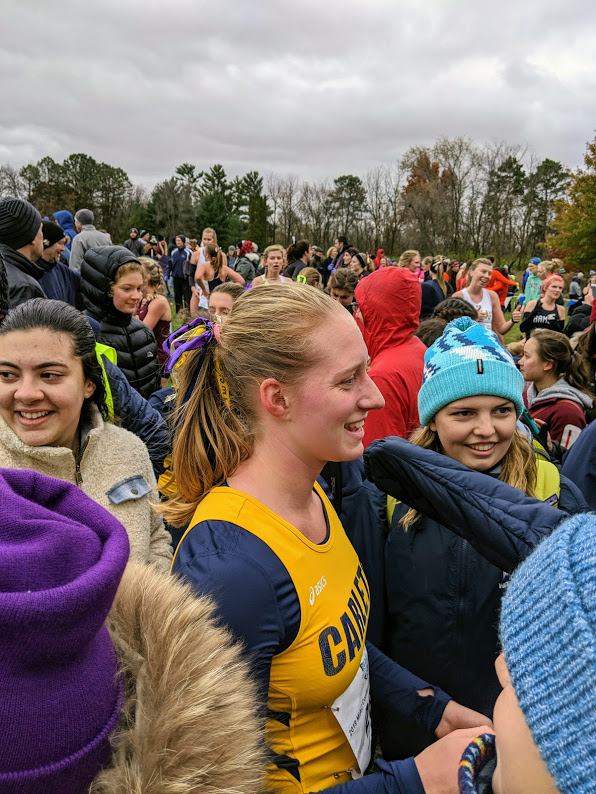
Her friends rushed her for hugs at a teary finish line 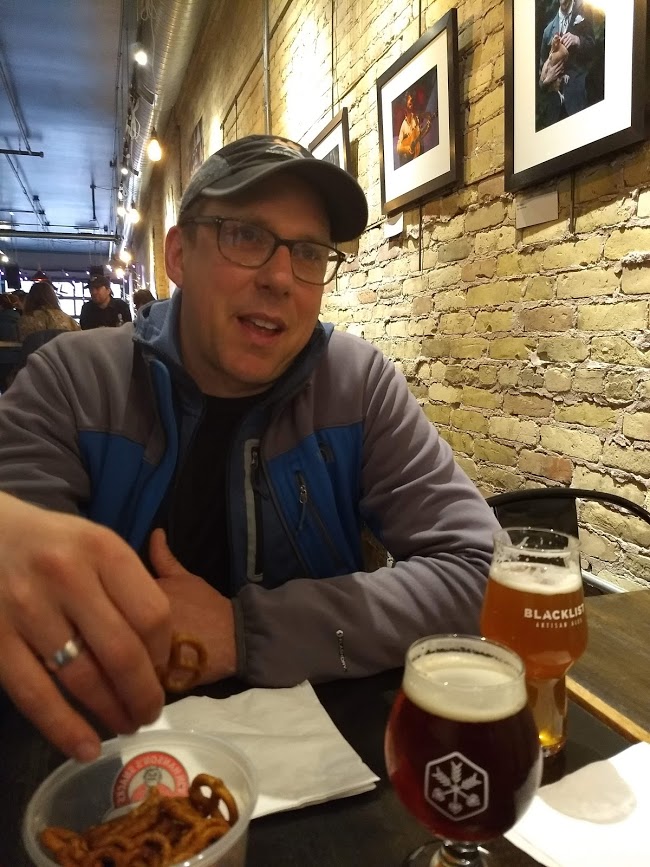
Because he presents as steadily competent, people are unaware that, he’s TOTALLY got their number 
As kind and smart as he is tall 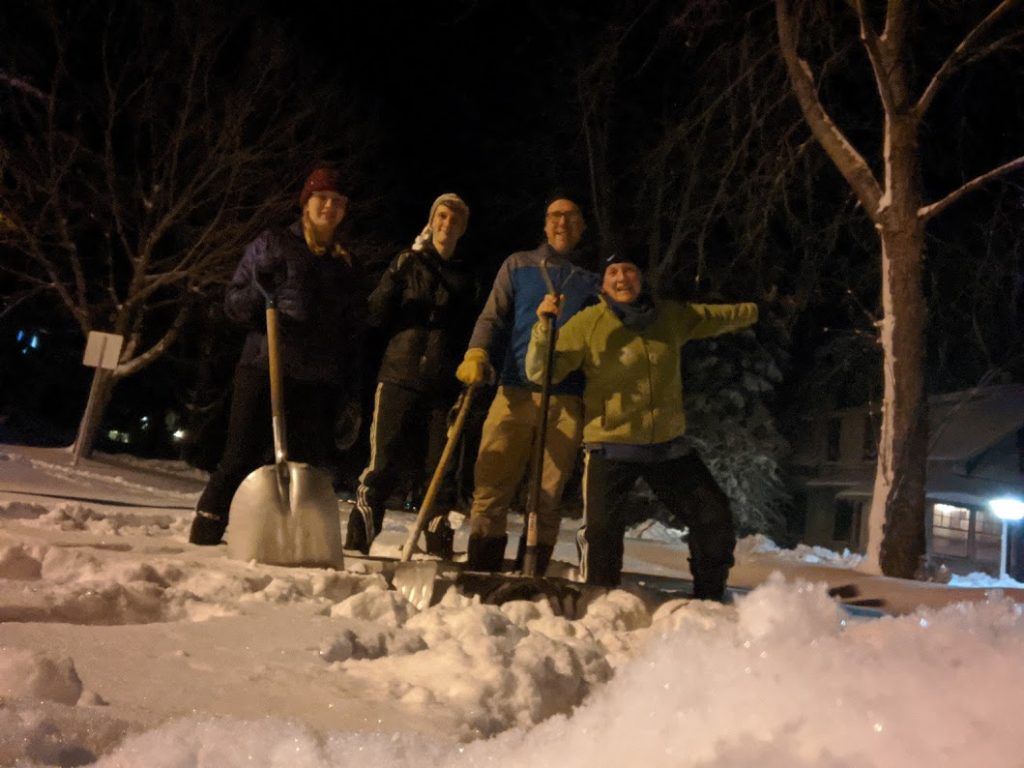
May your 2020 be full of diamonds glinting under moonlight.

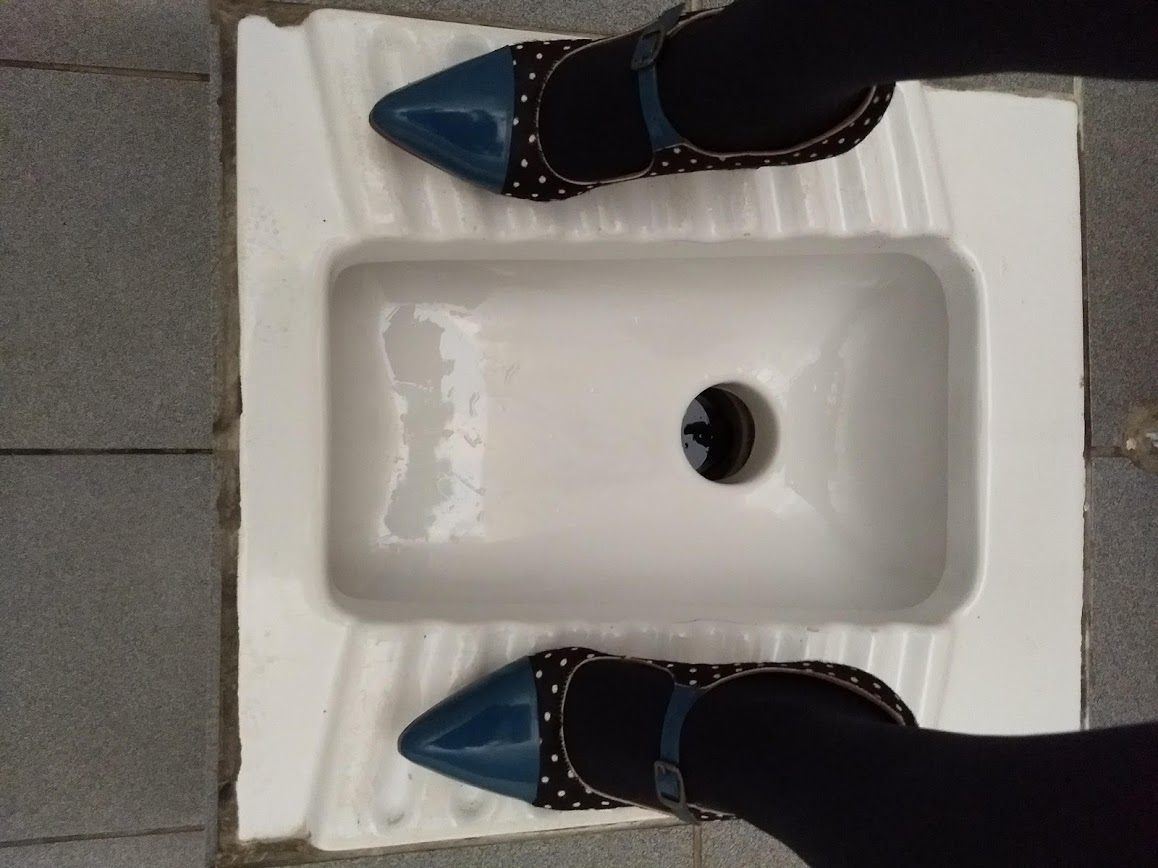
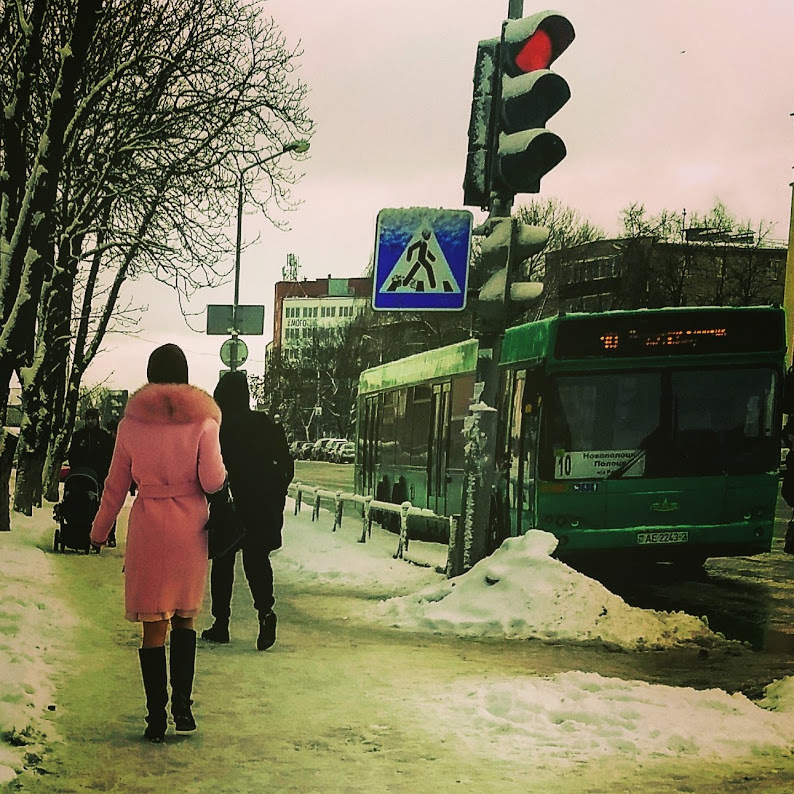
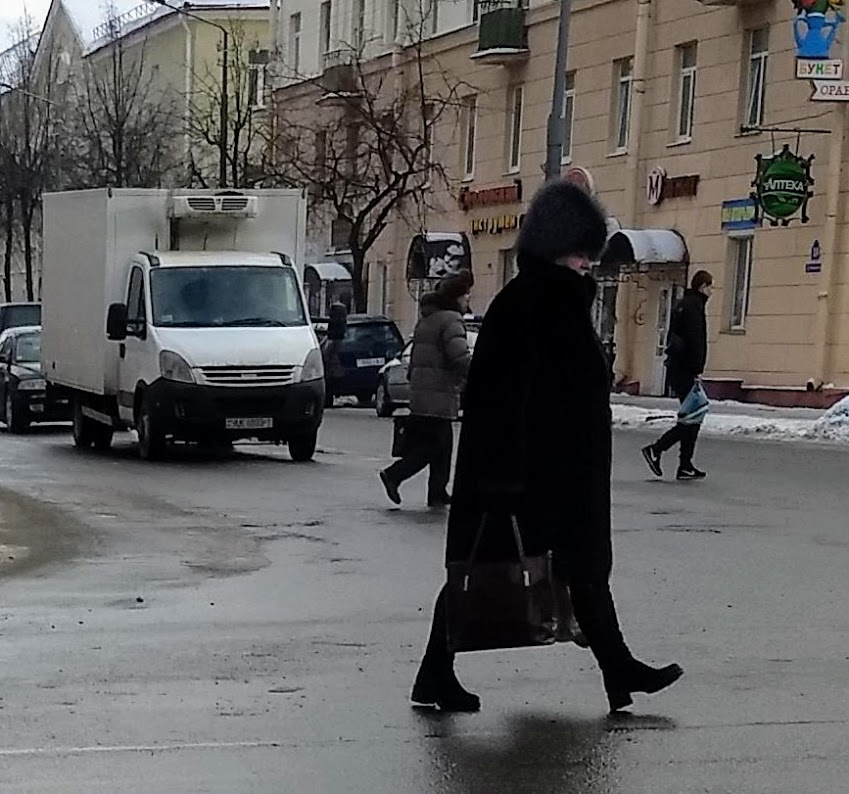
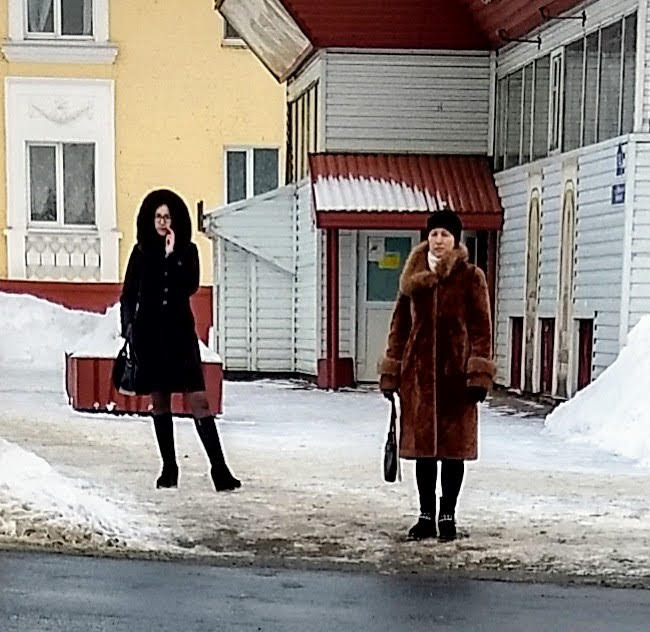
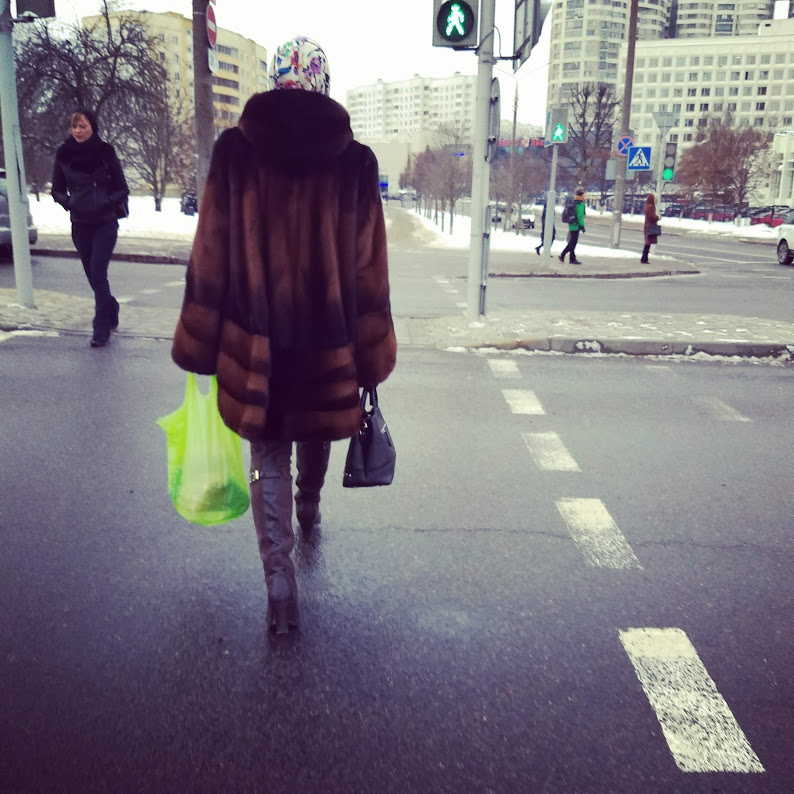

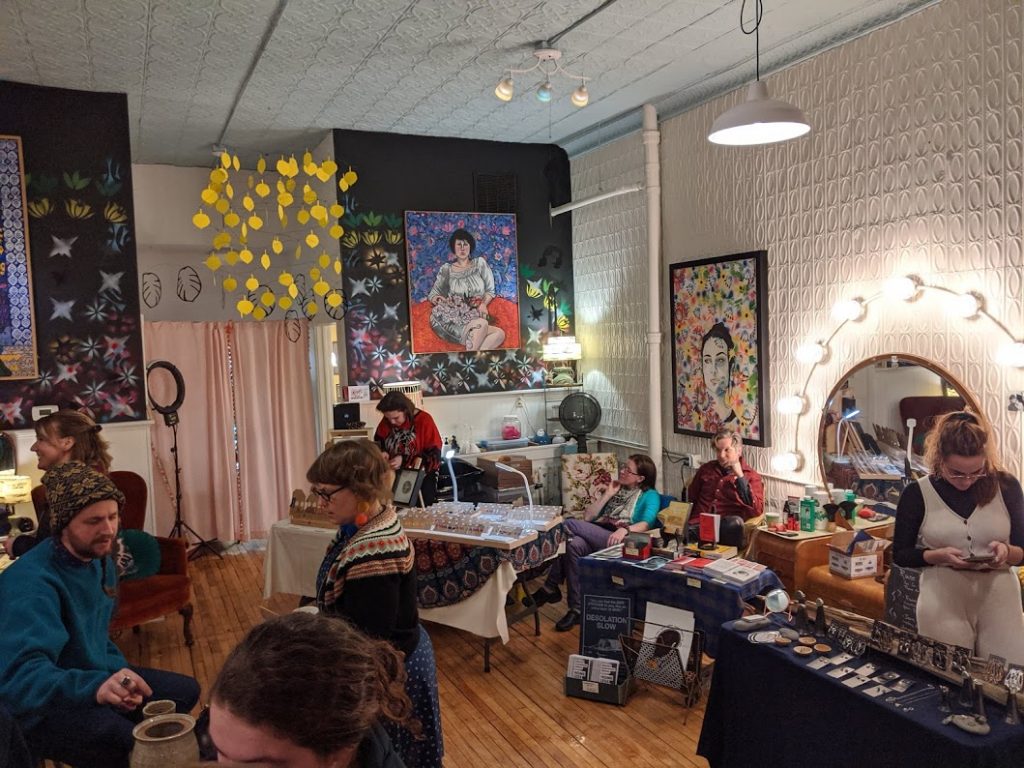
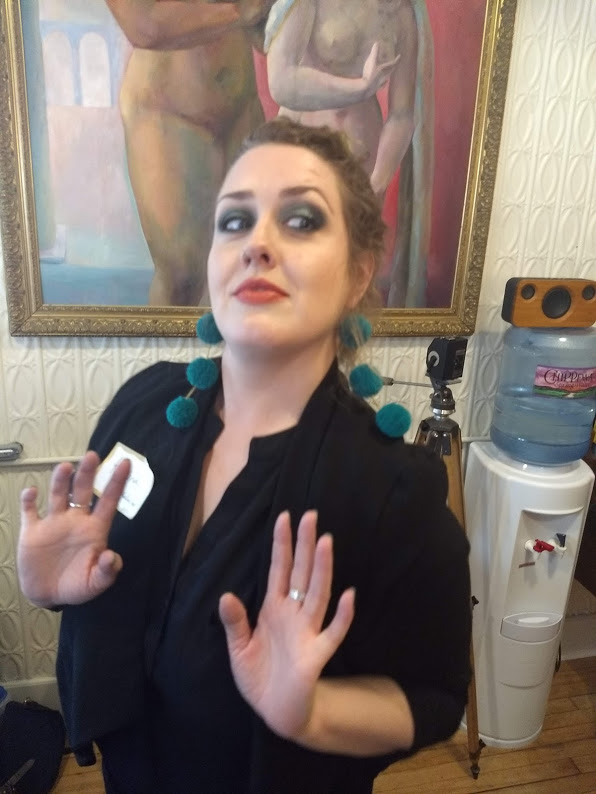
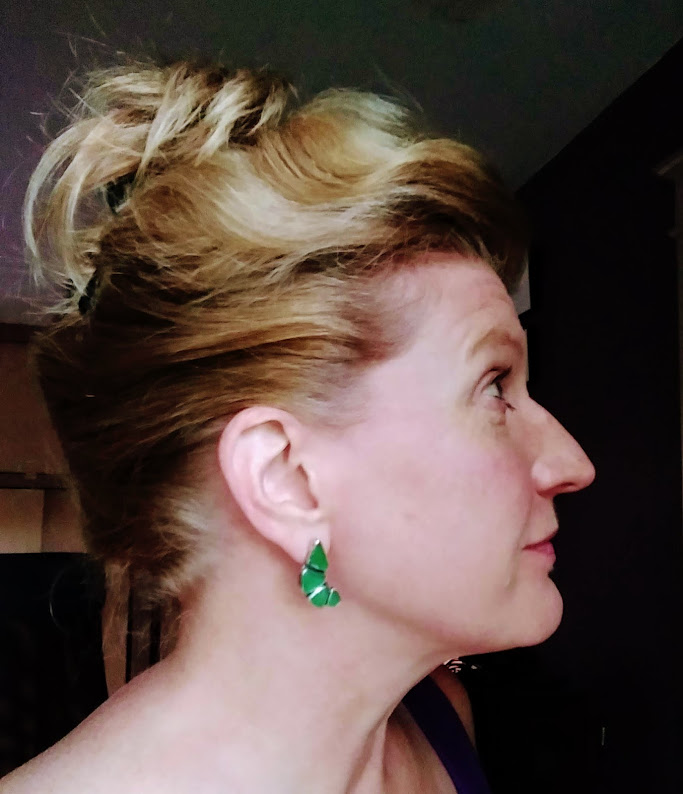
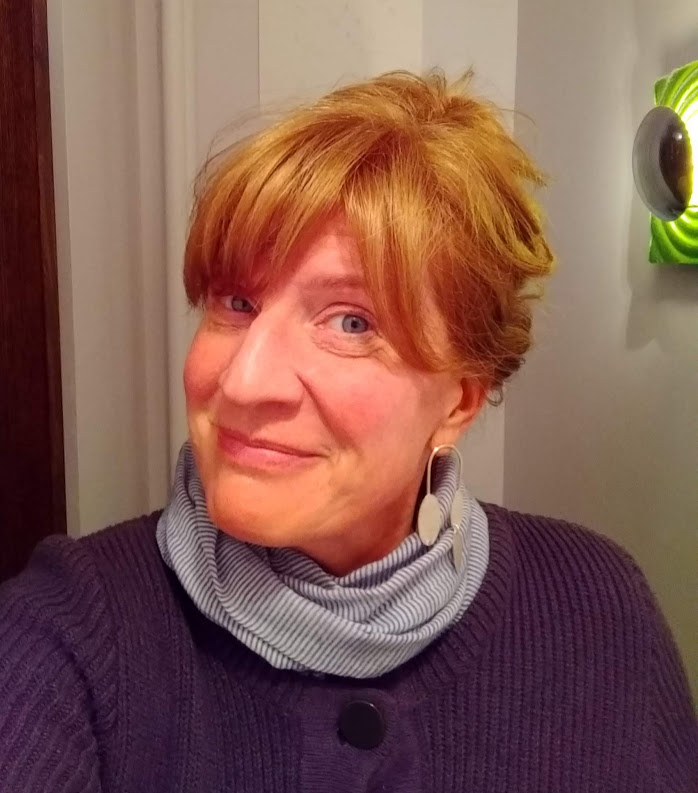
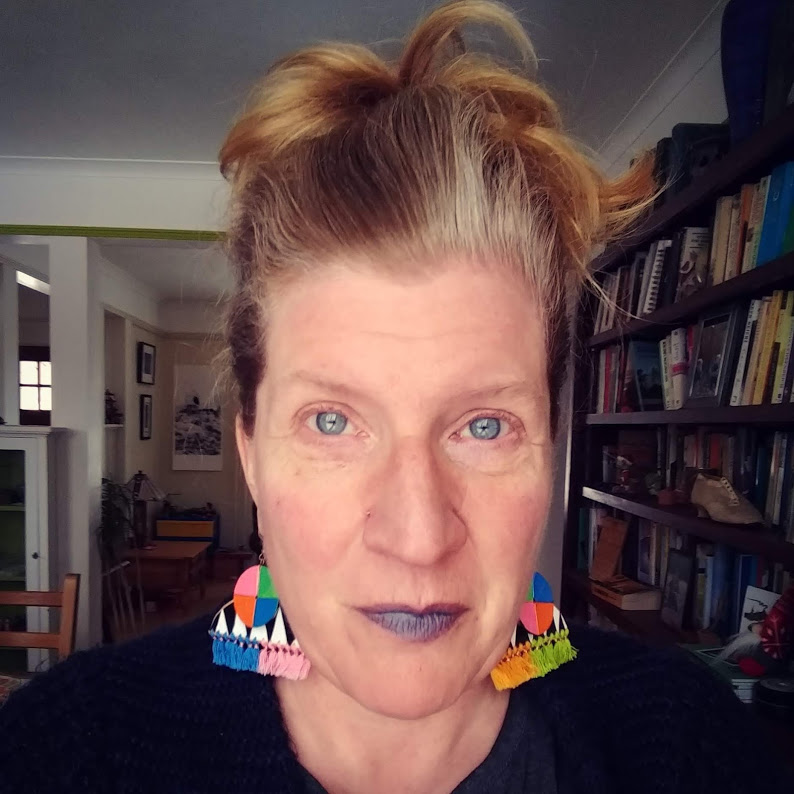
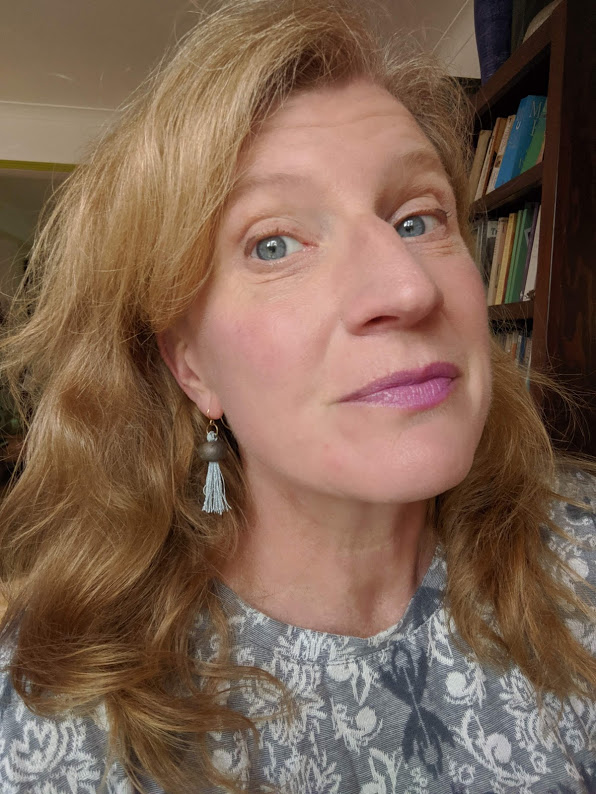
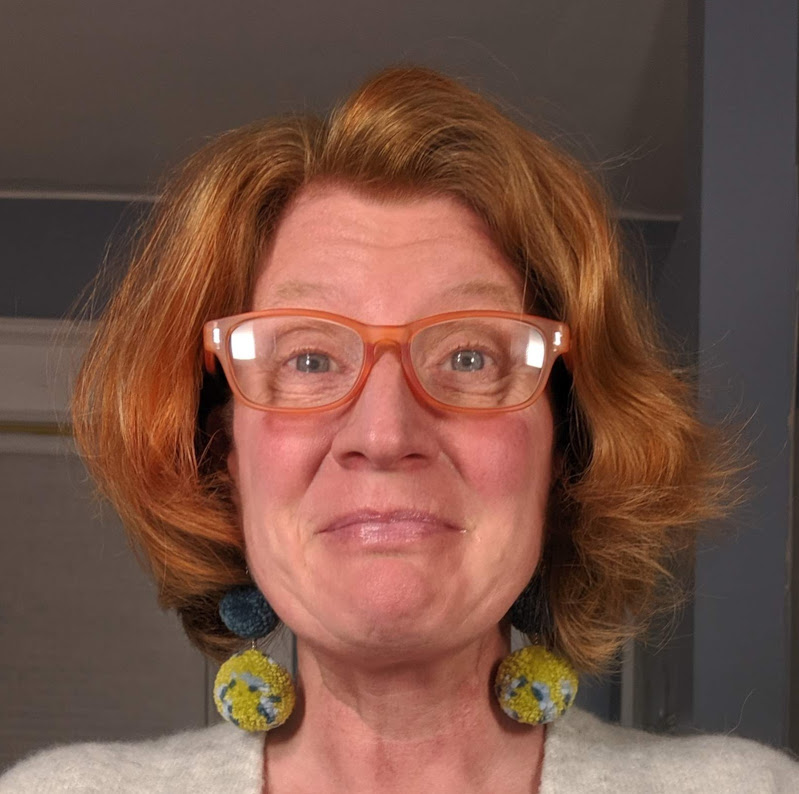

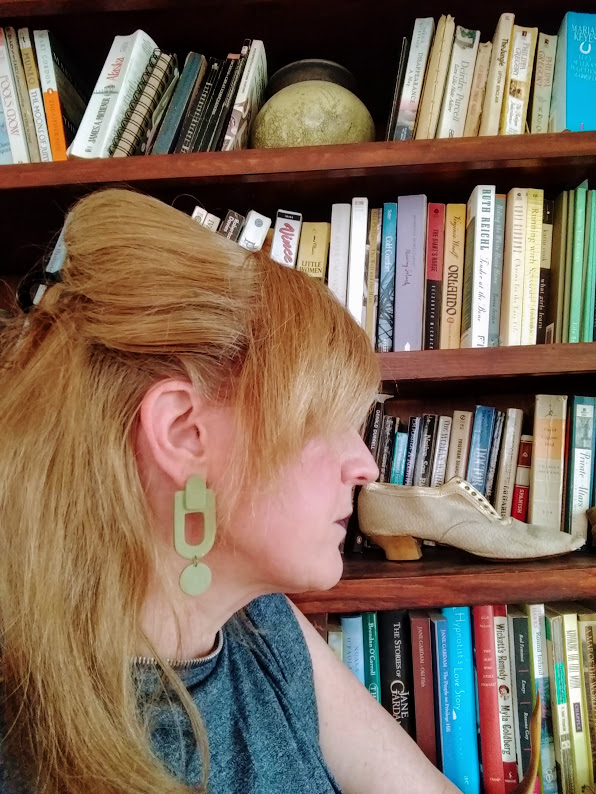
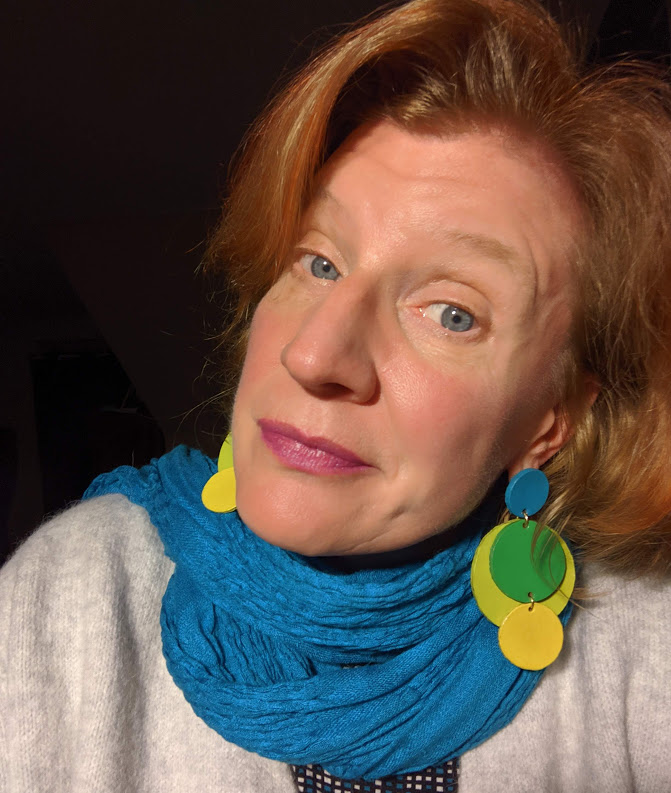
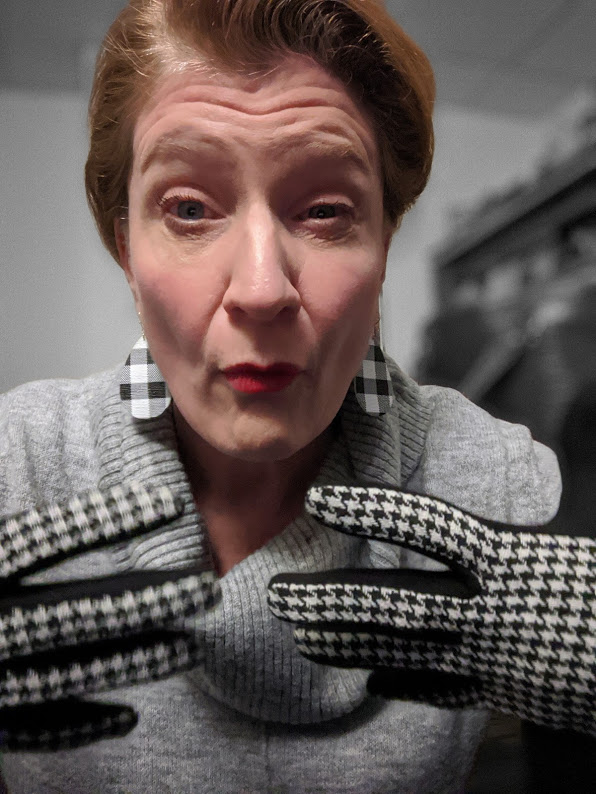
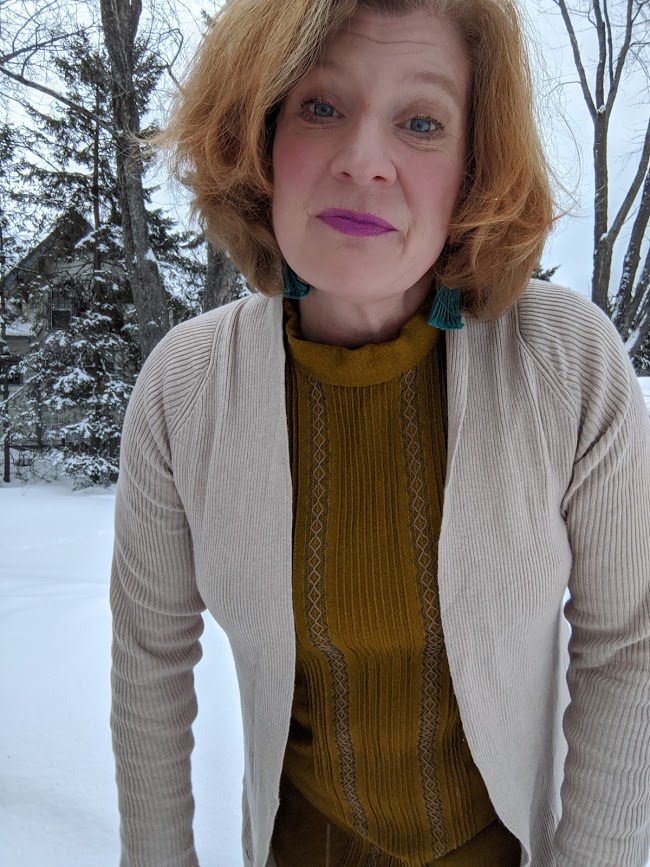
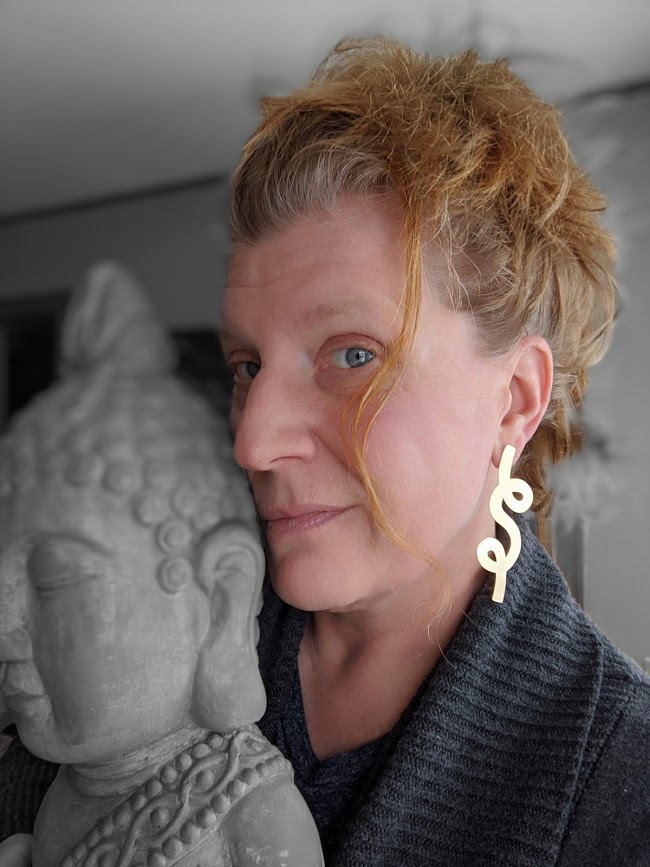

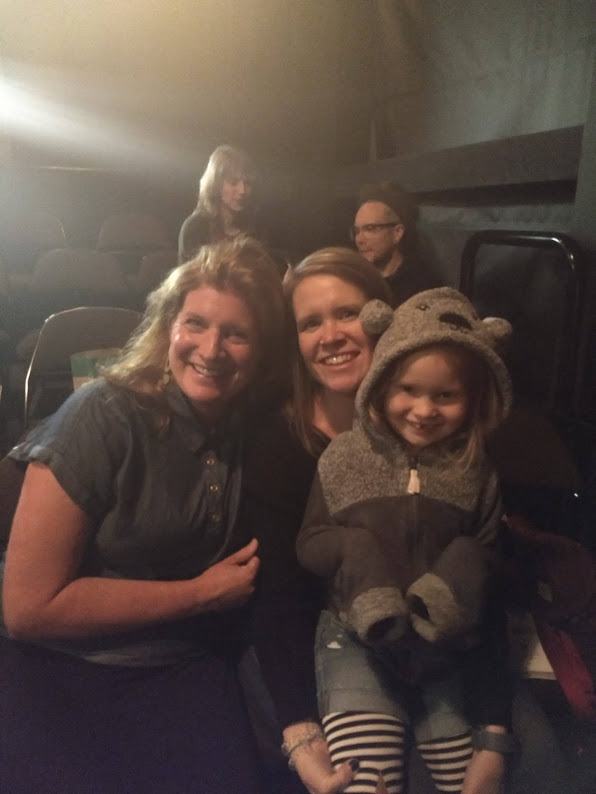
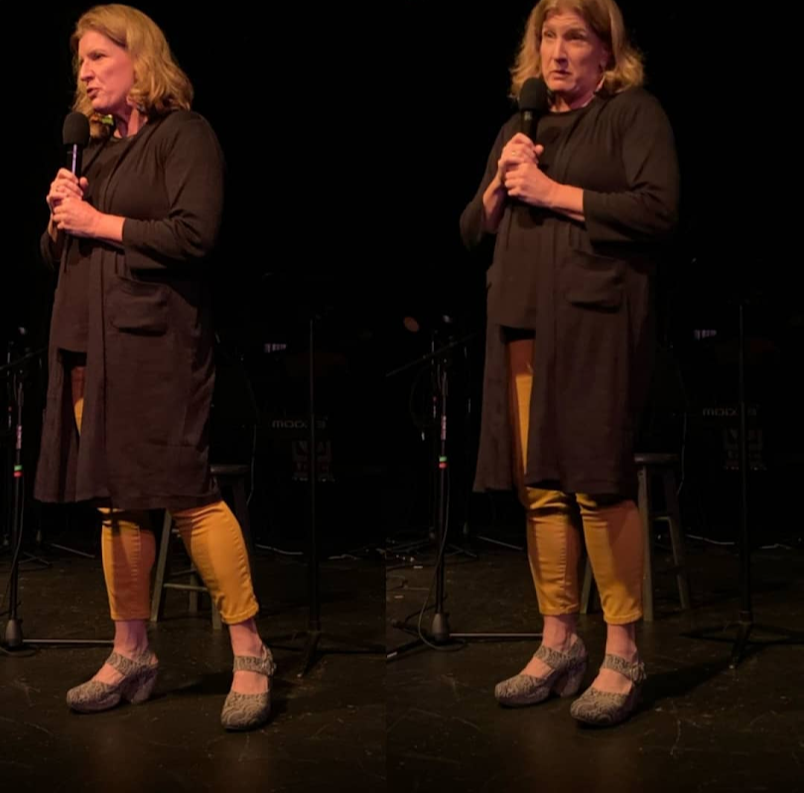
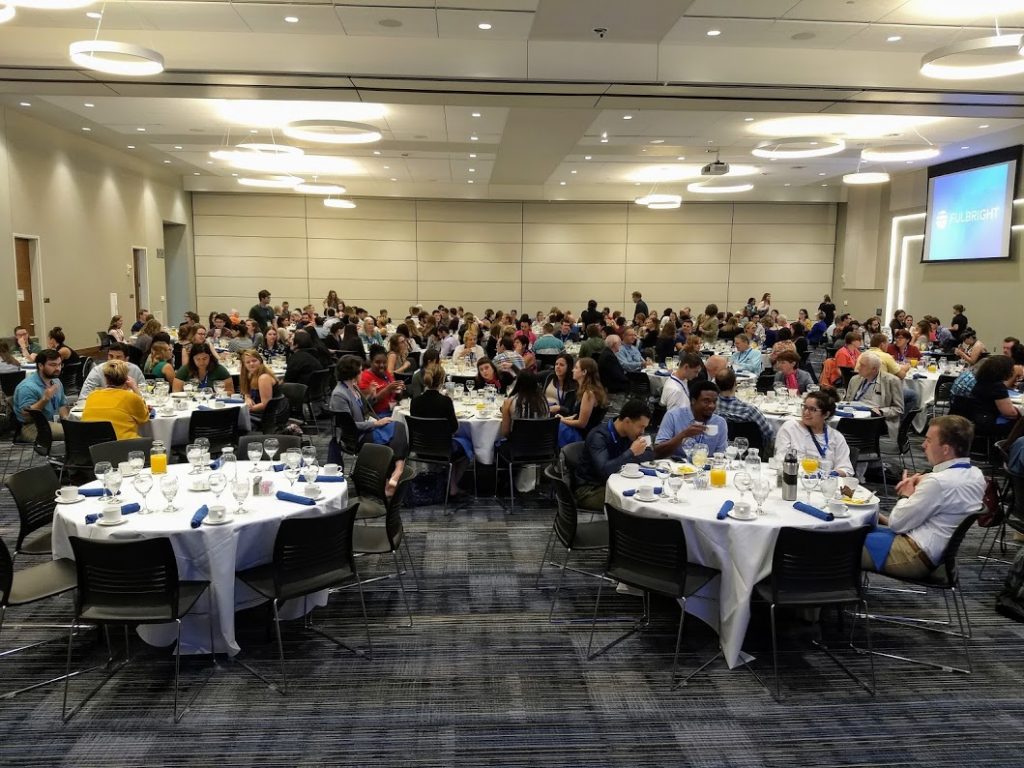
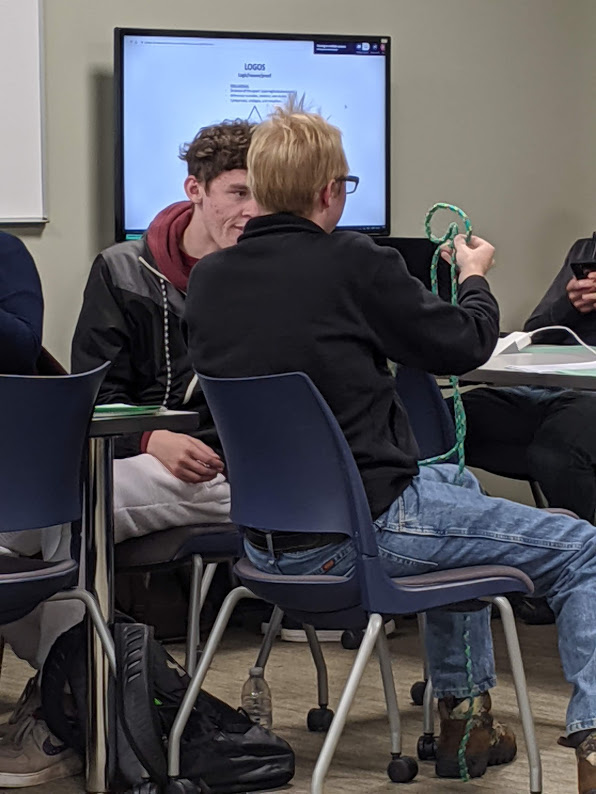
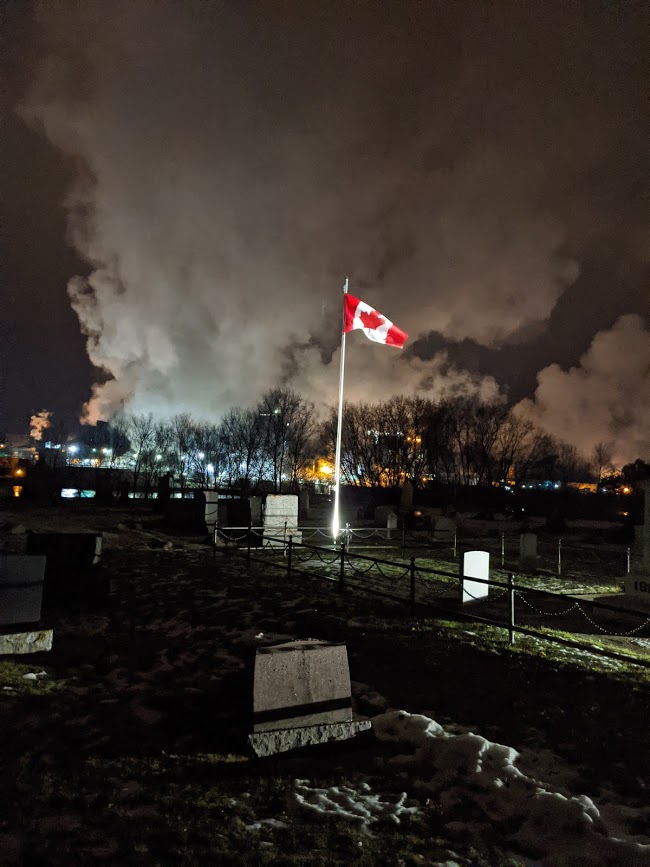
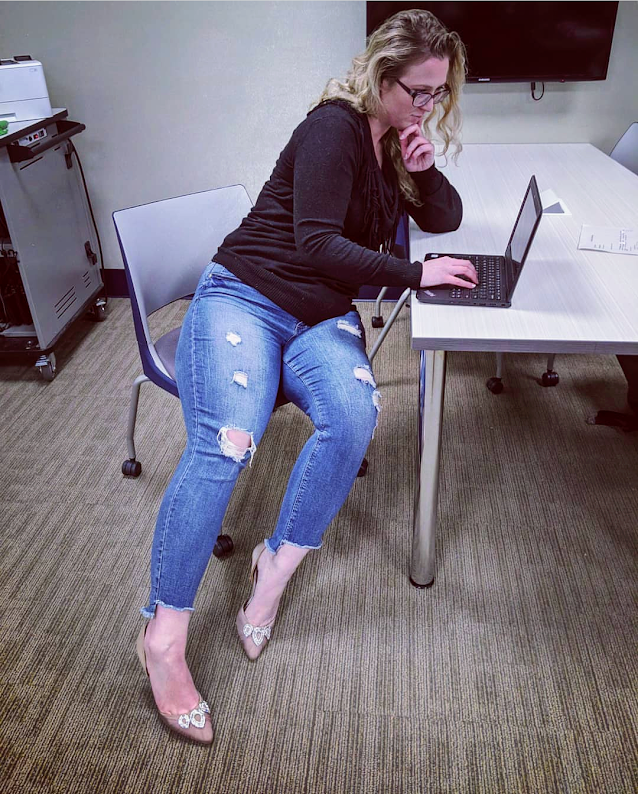
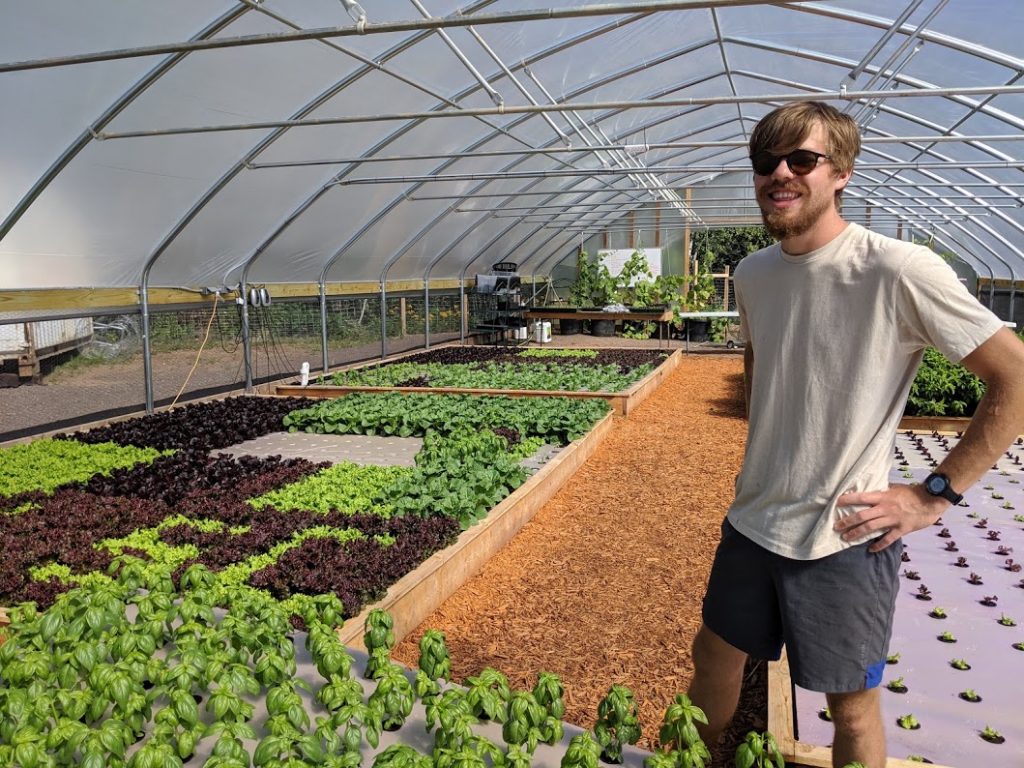
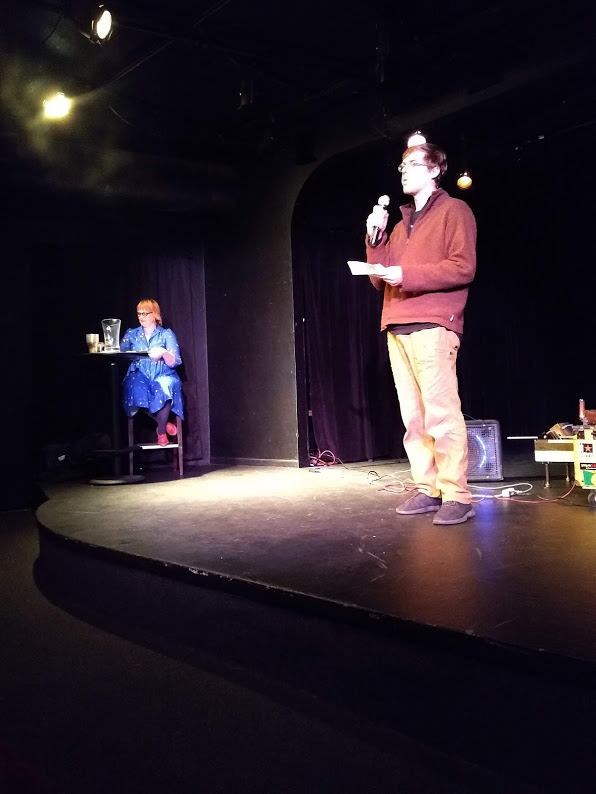
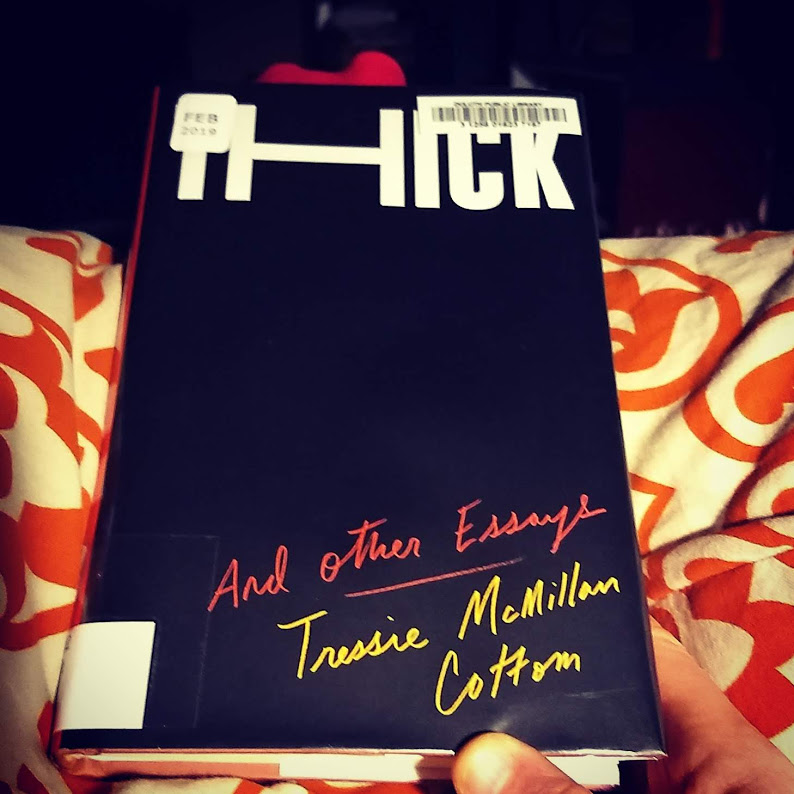
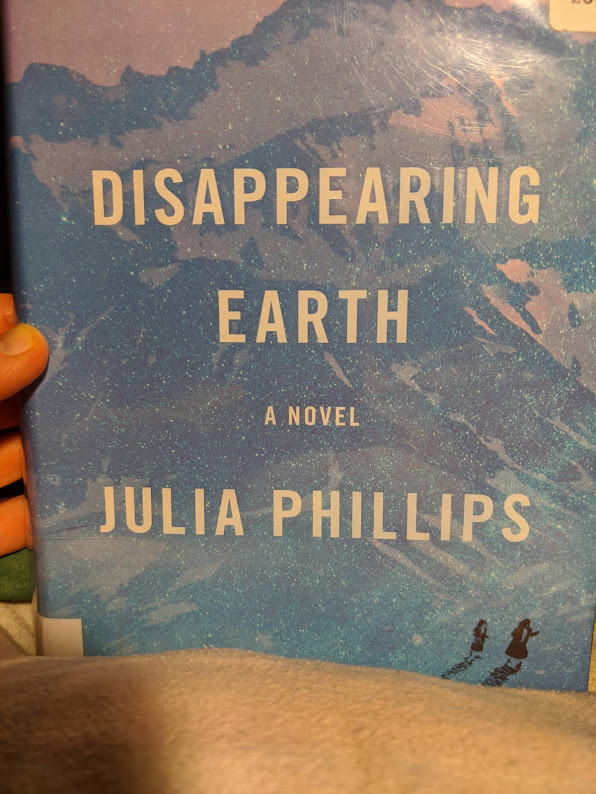
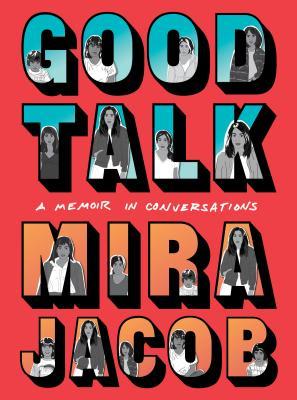
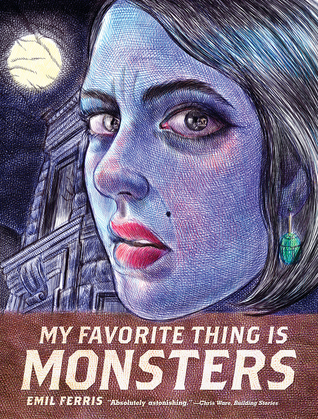
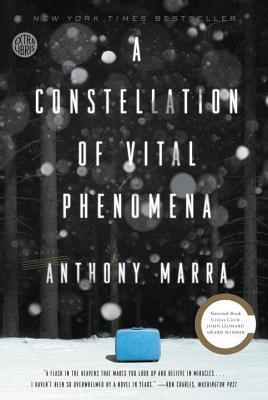
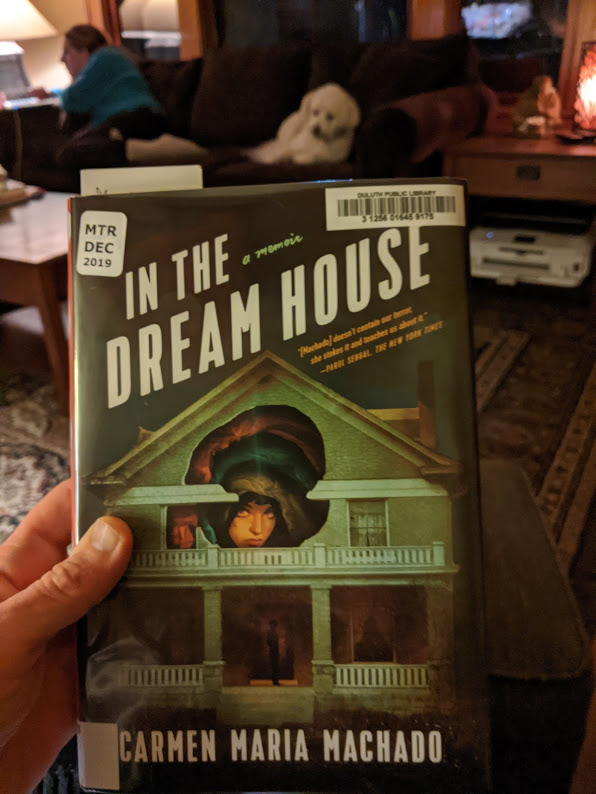
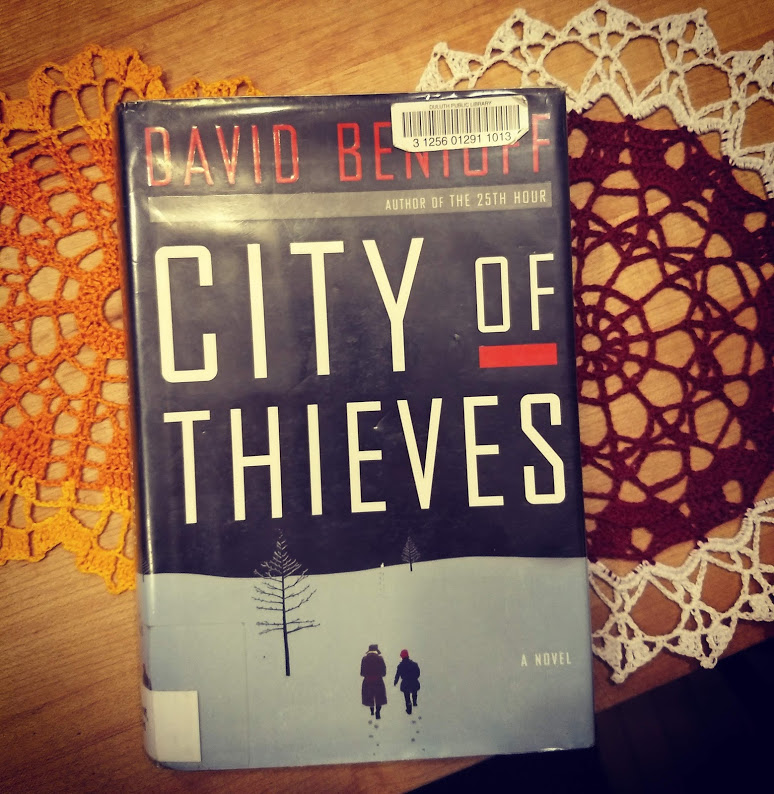
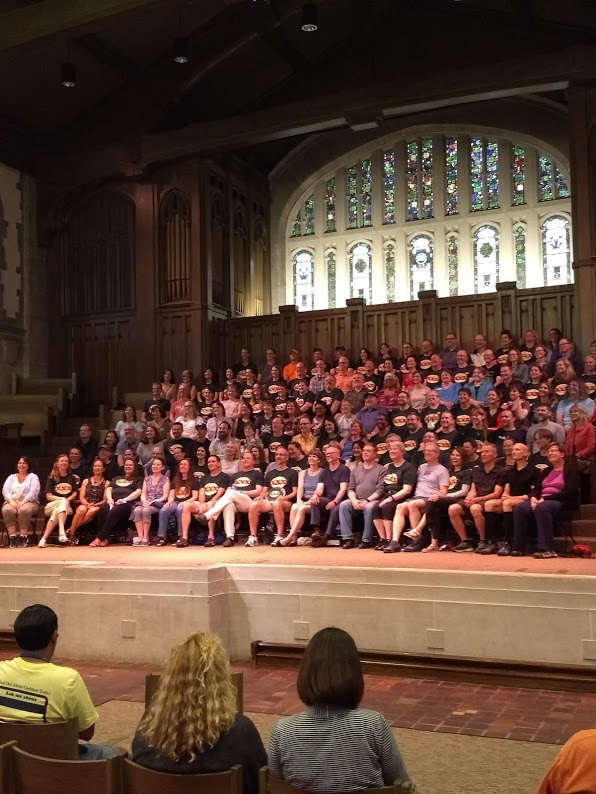
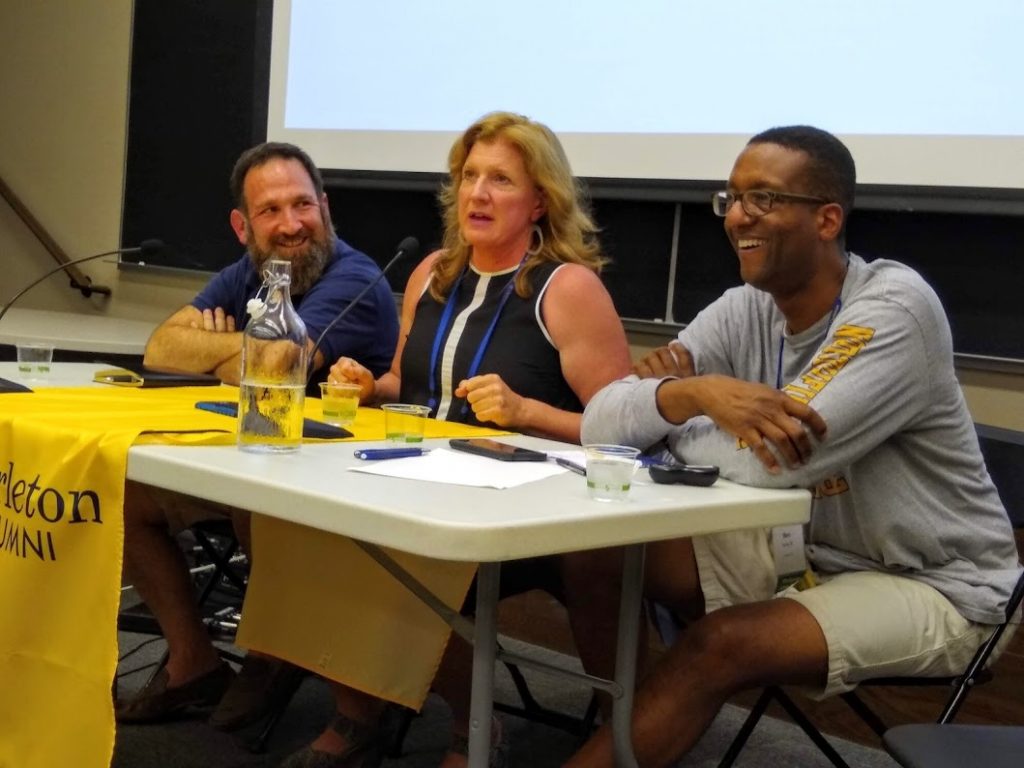
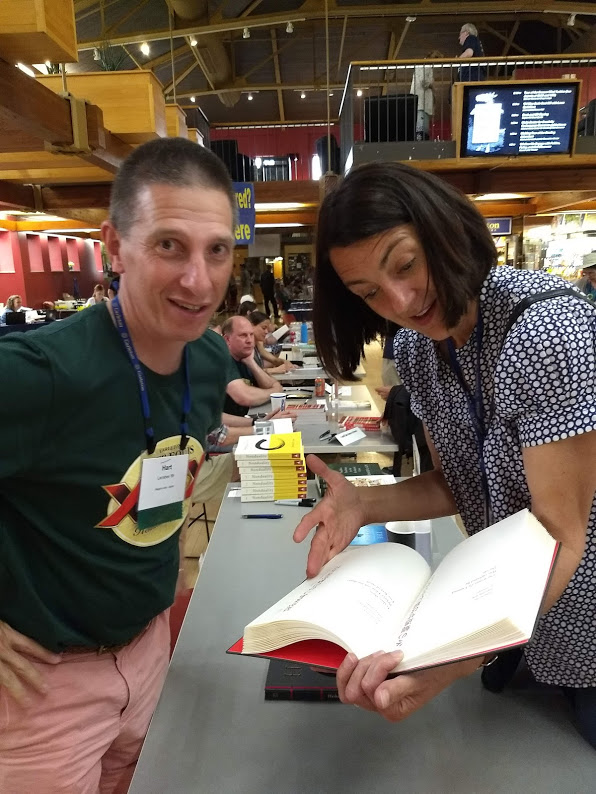
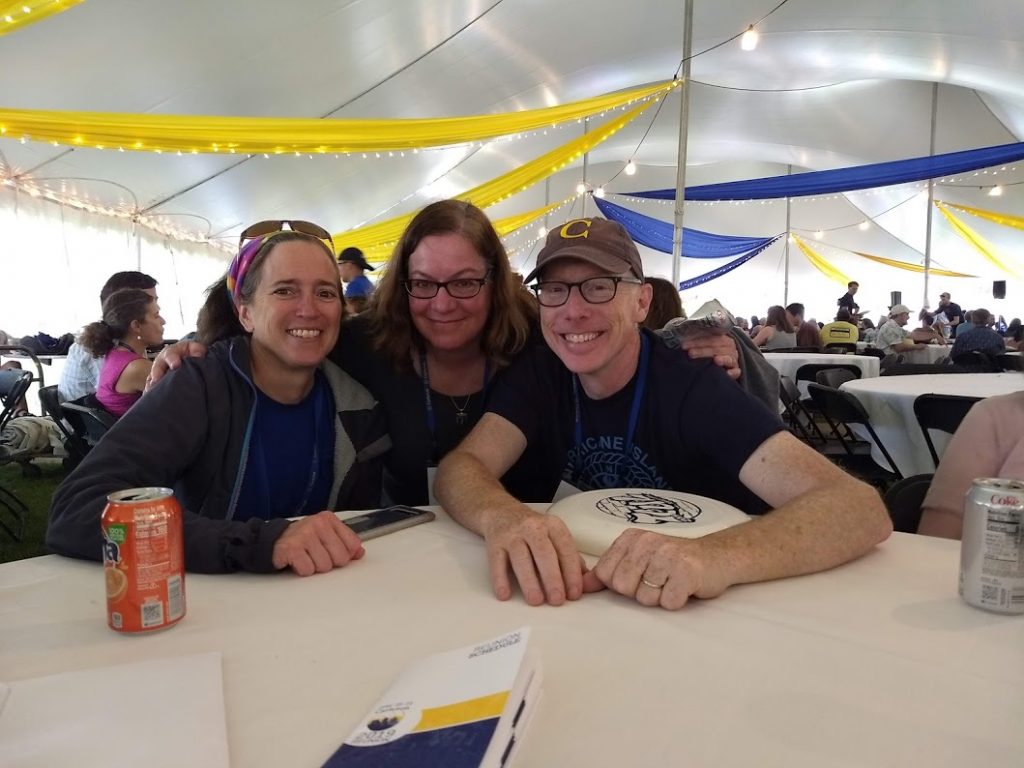
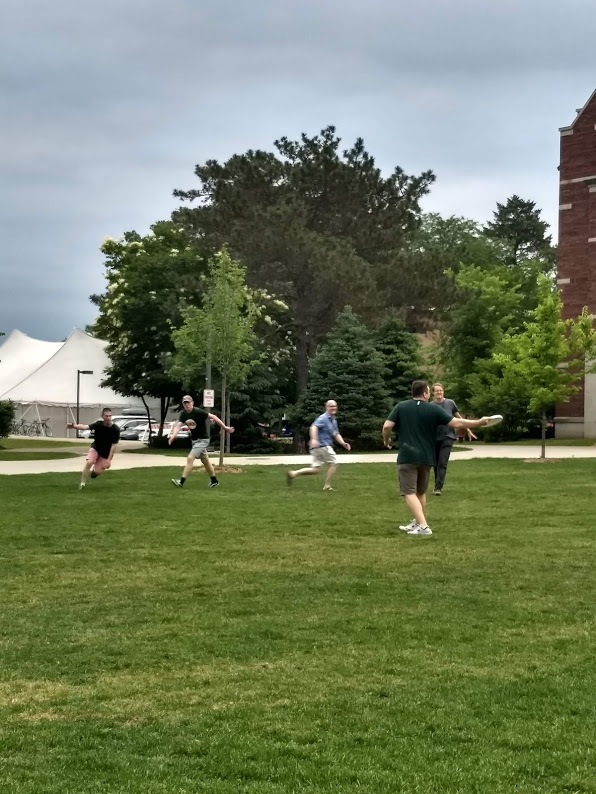
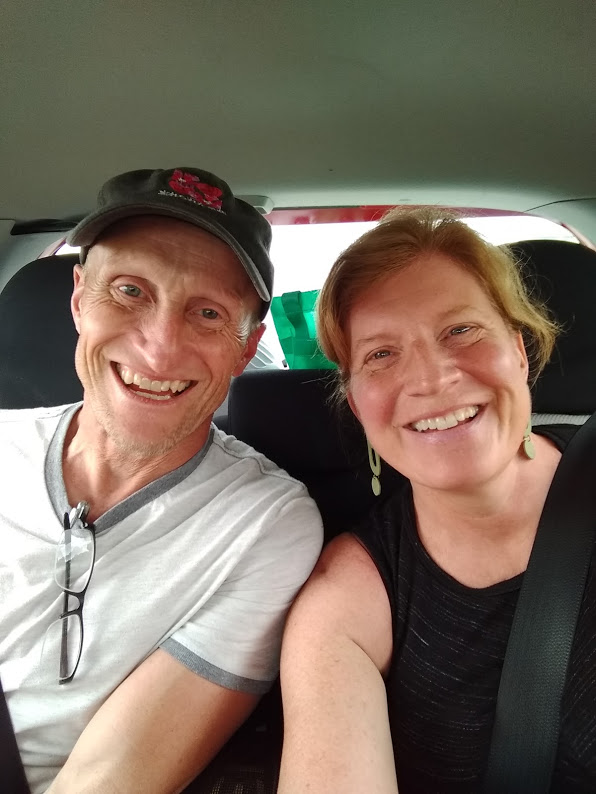
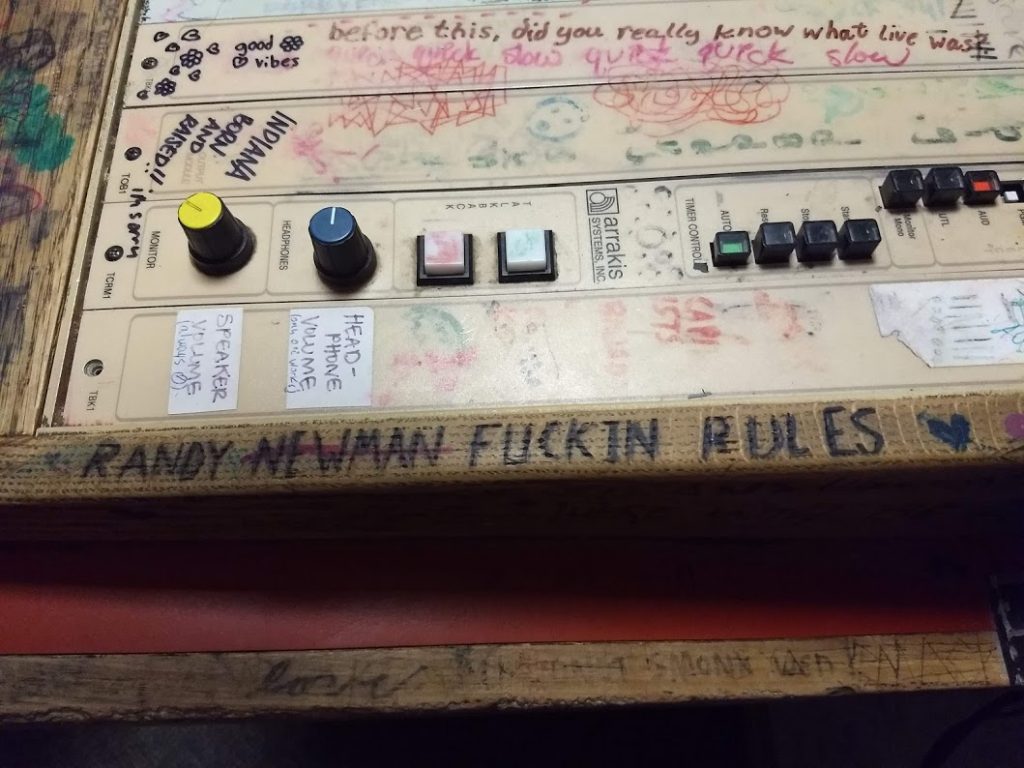
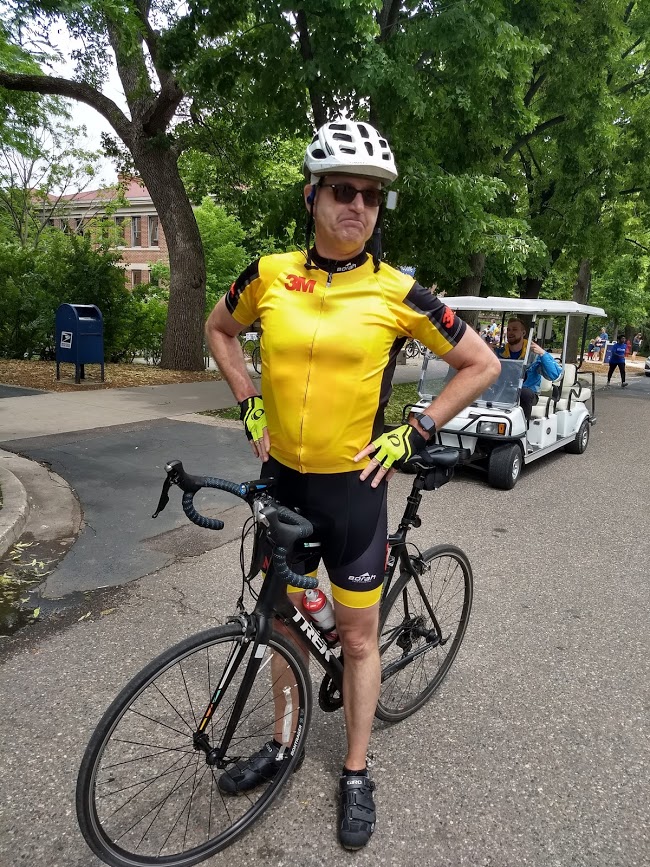

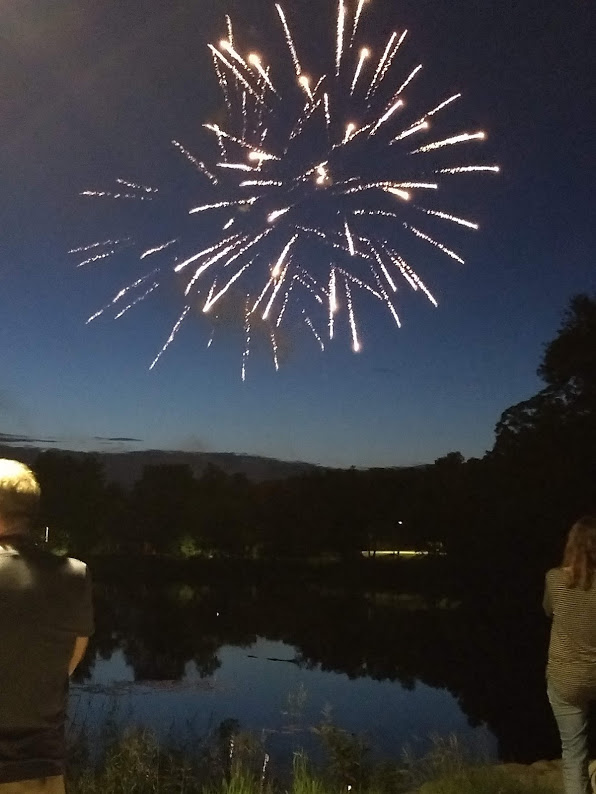
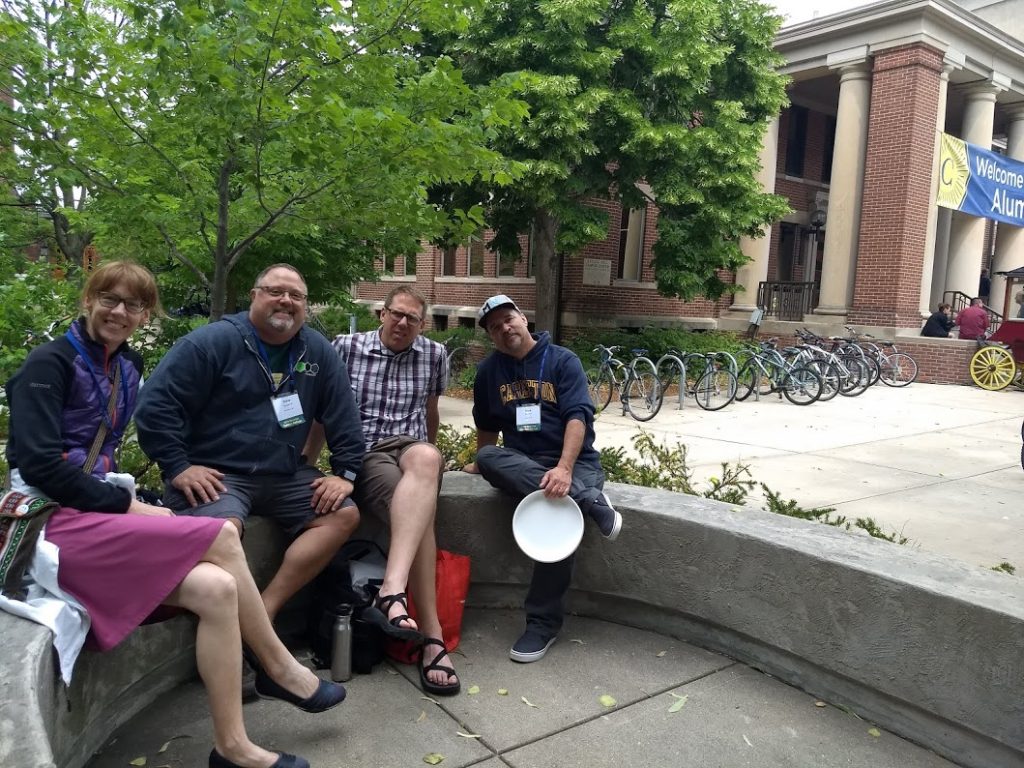
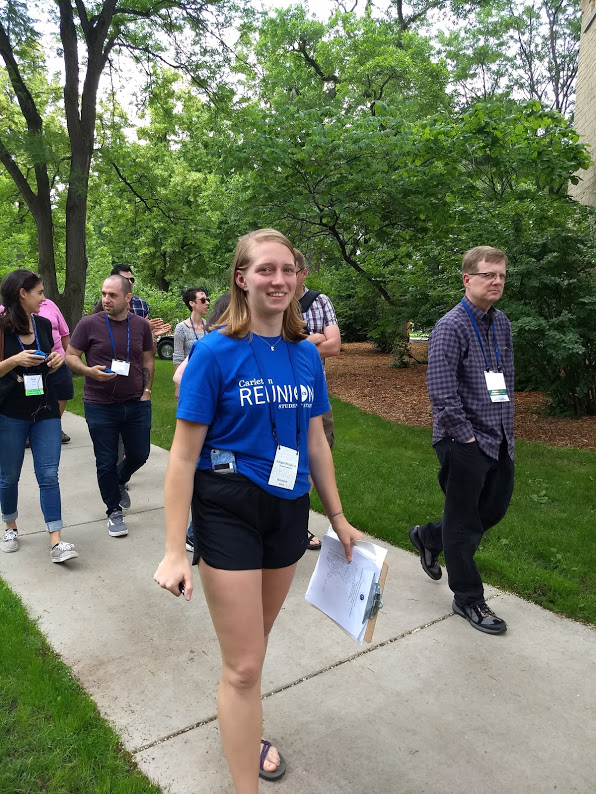
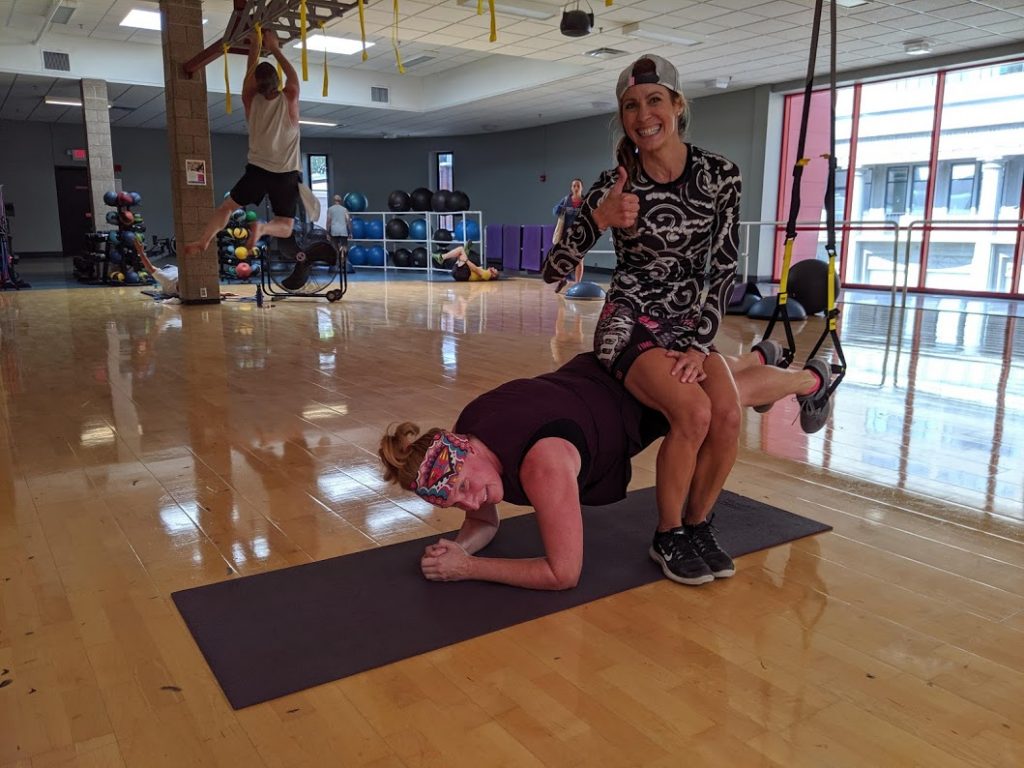
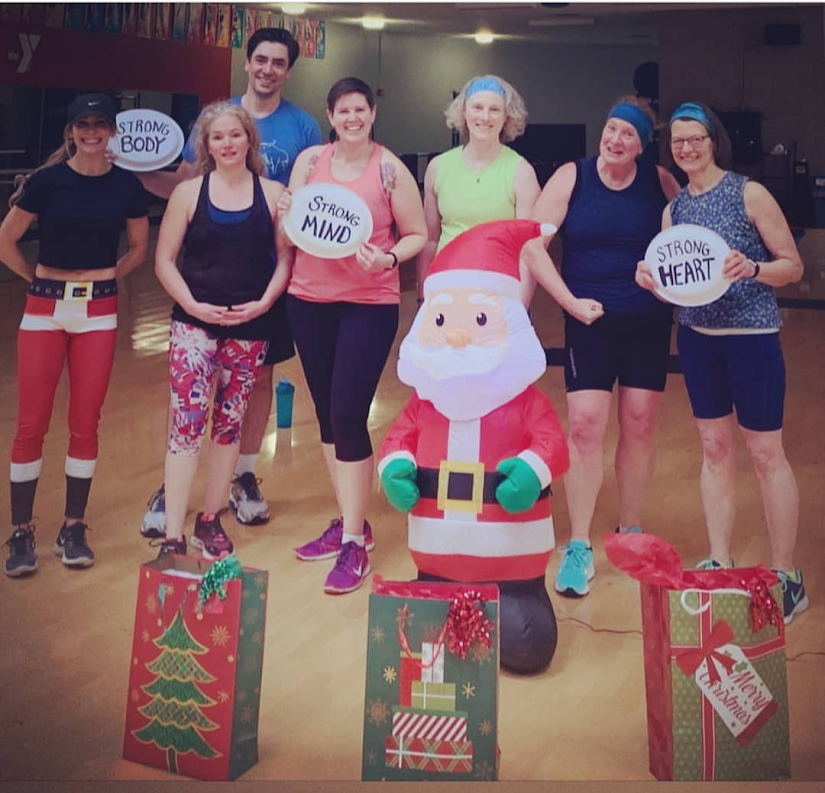
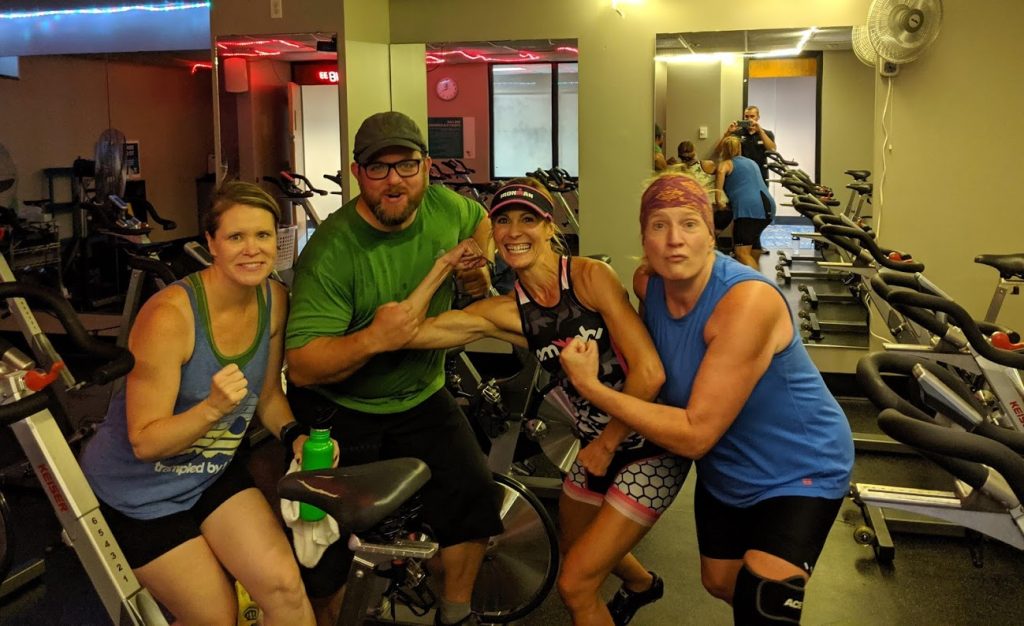
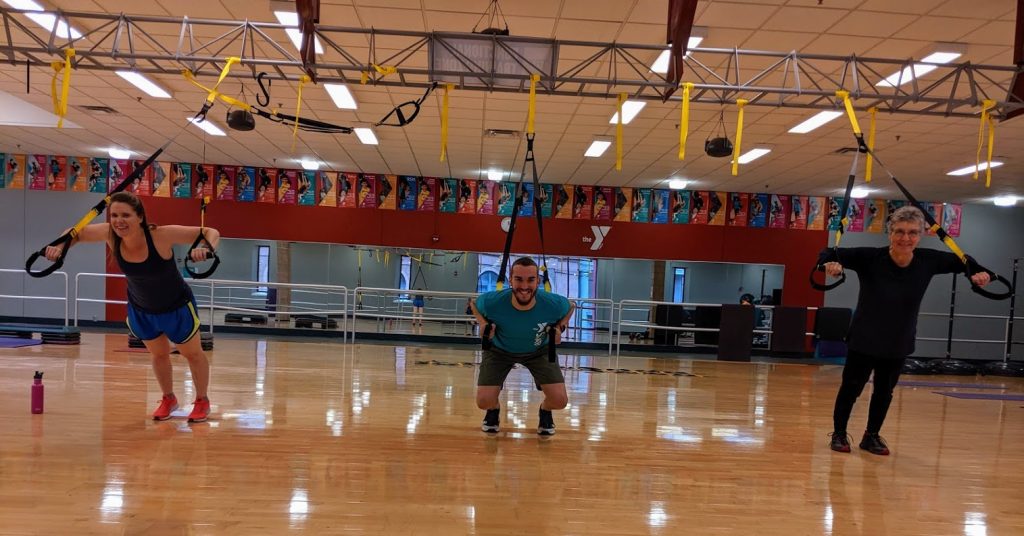
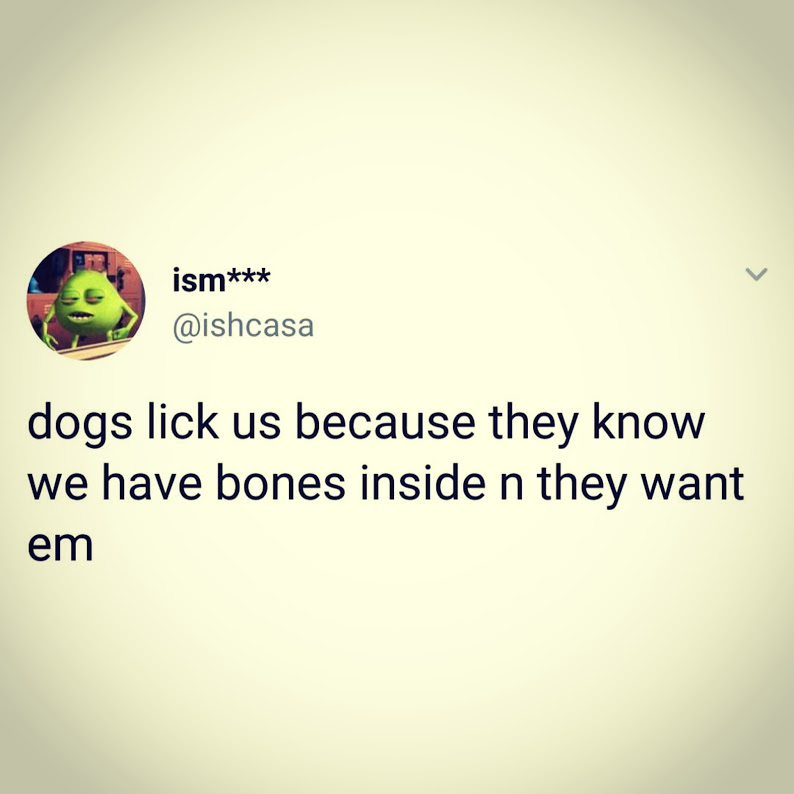


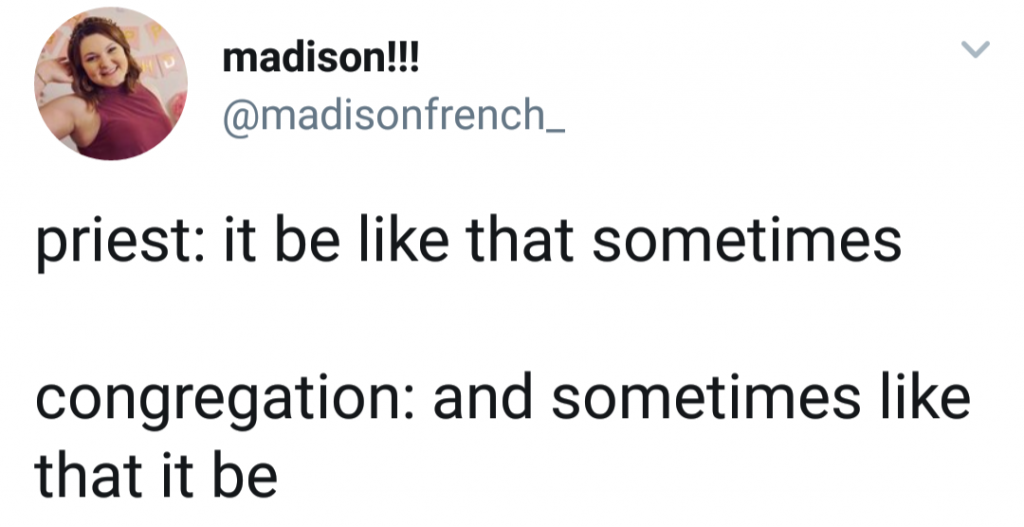
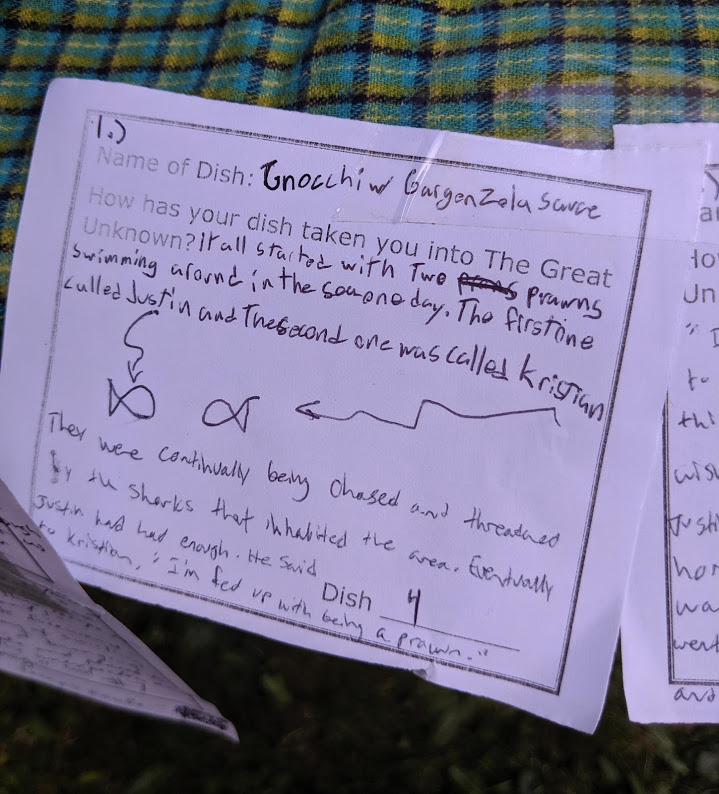
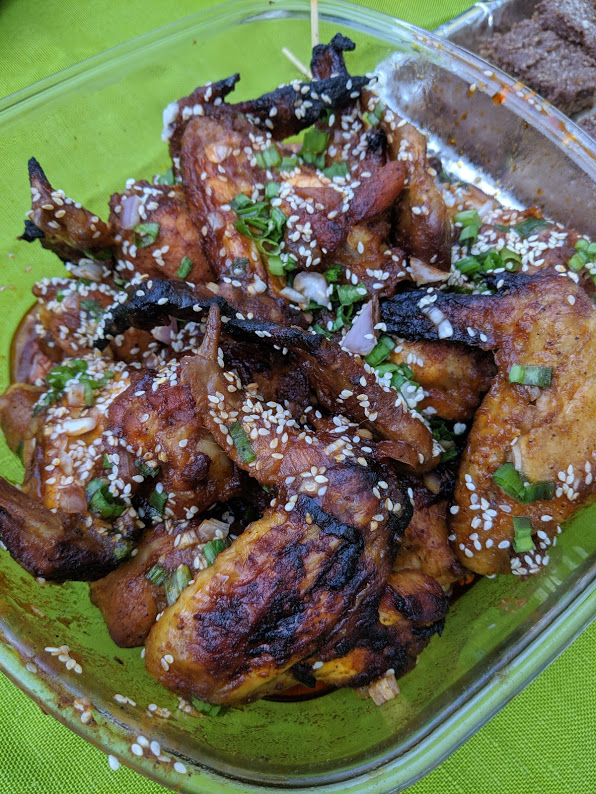
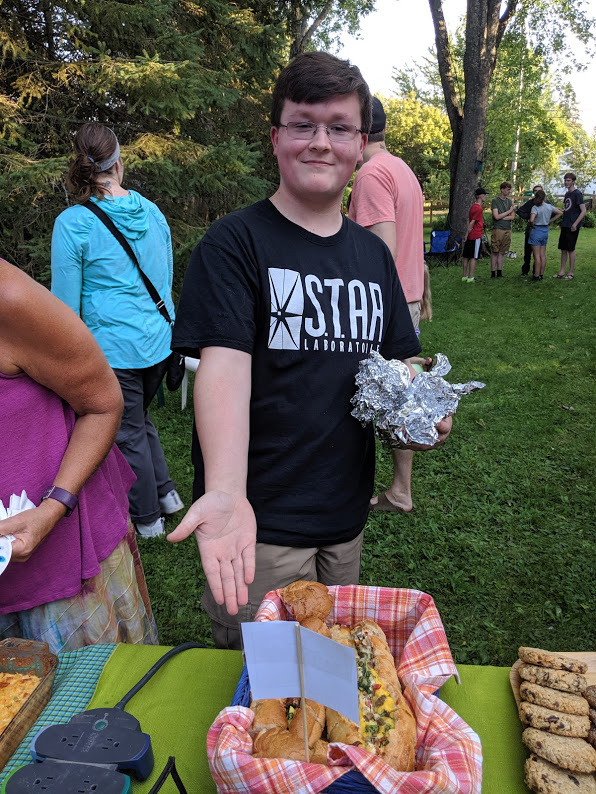
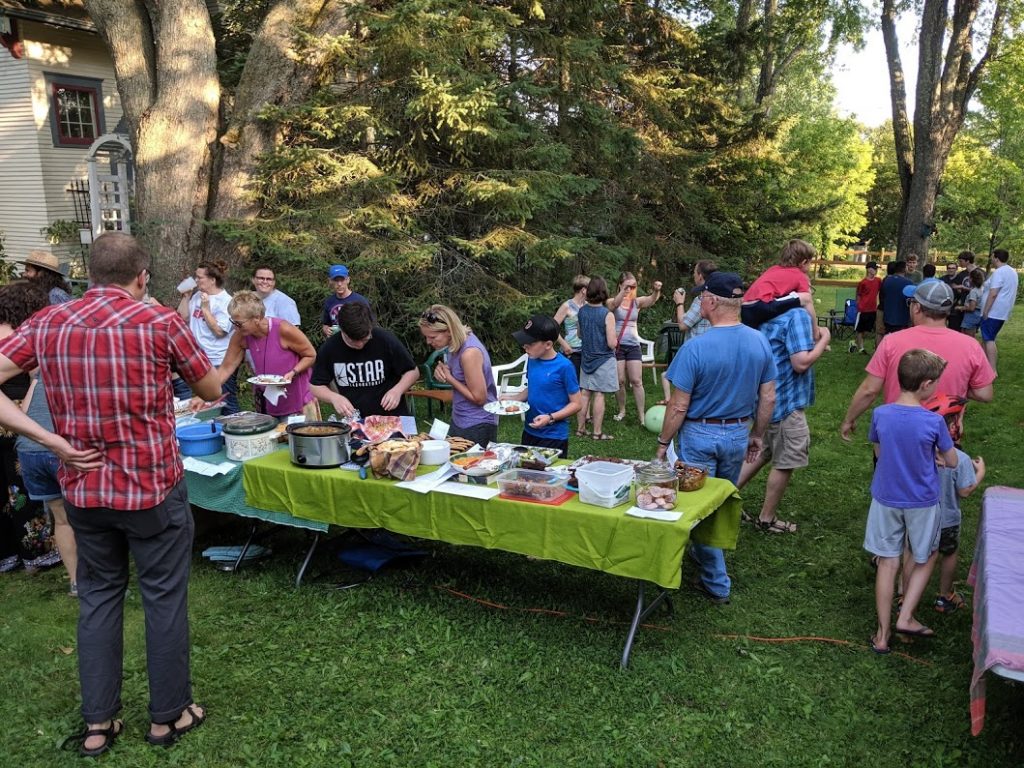
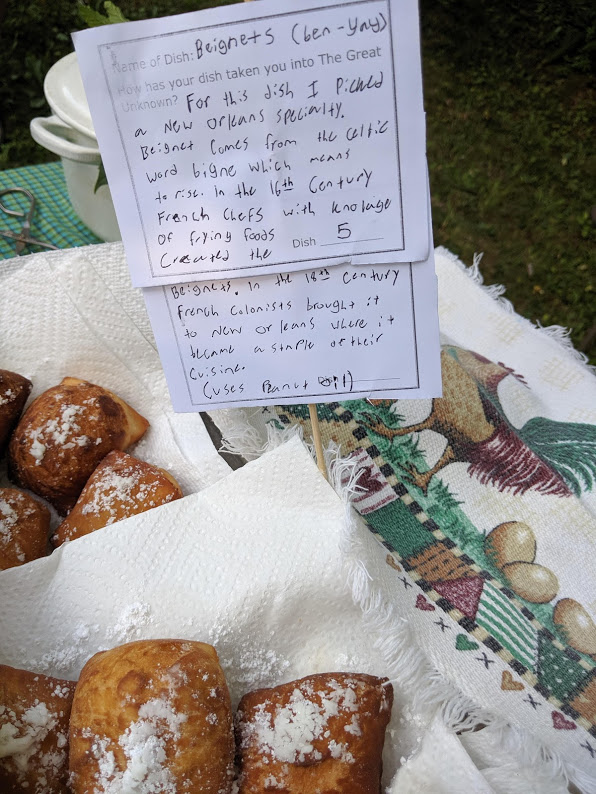
Leave a Reply